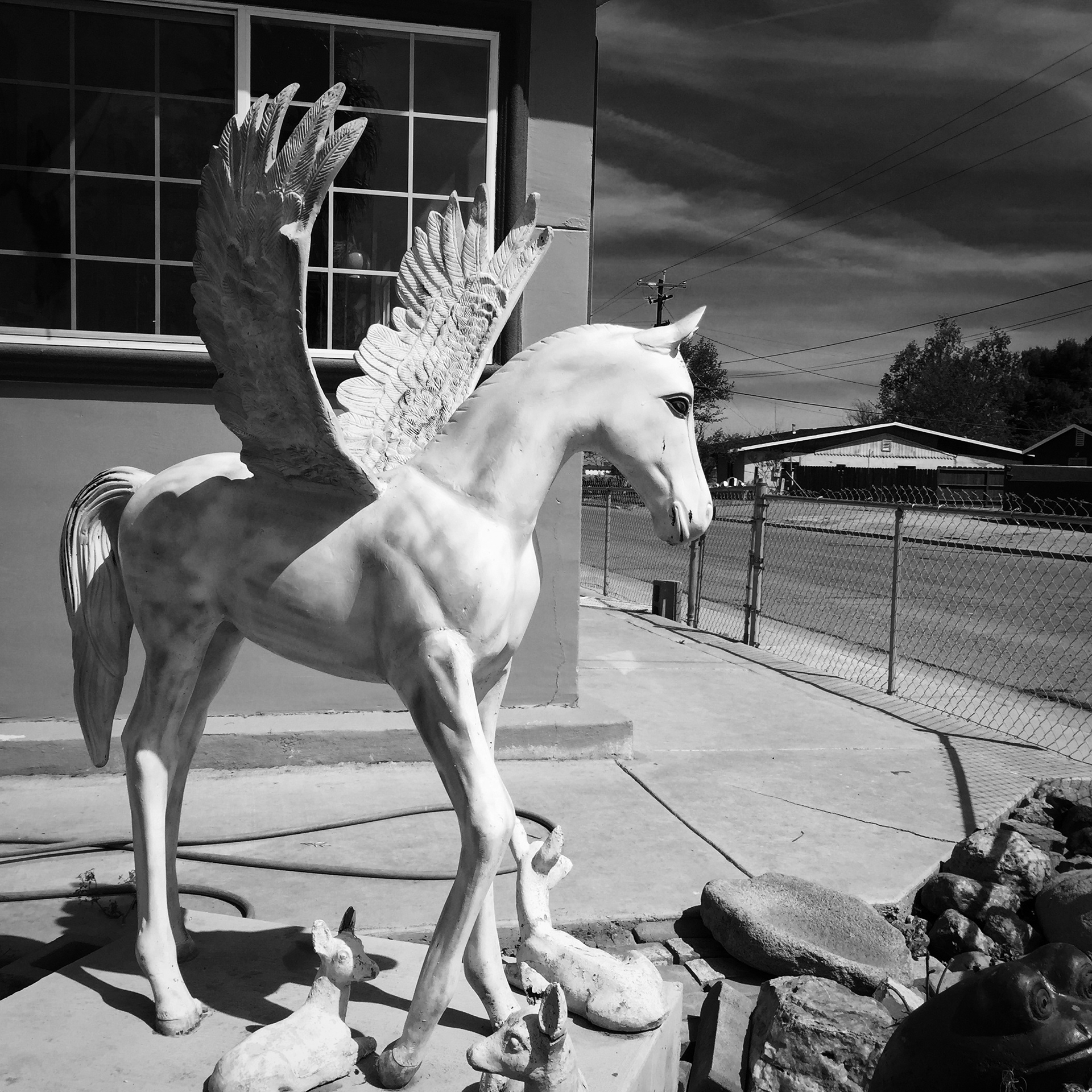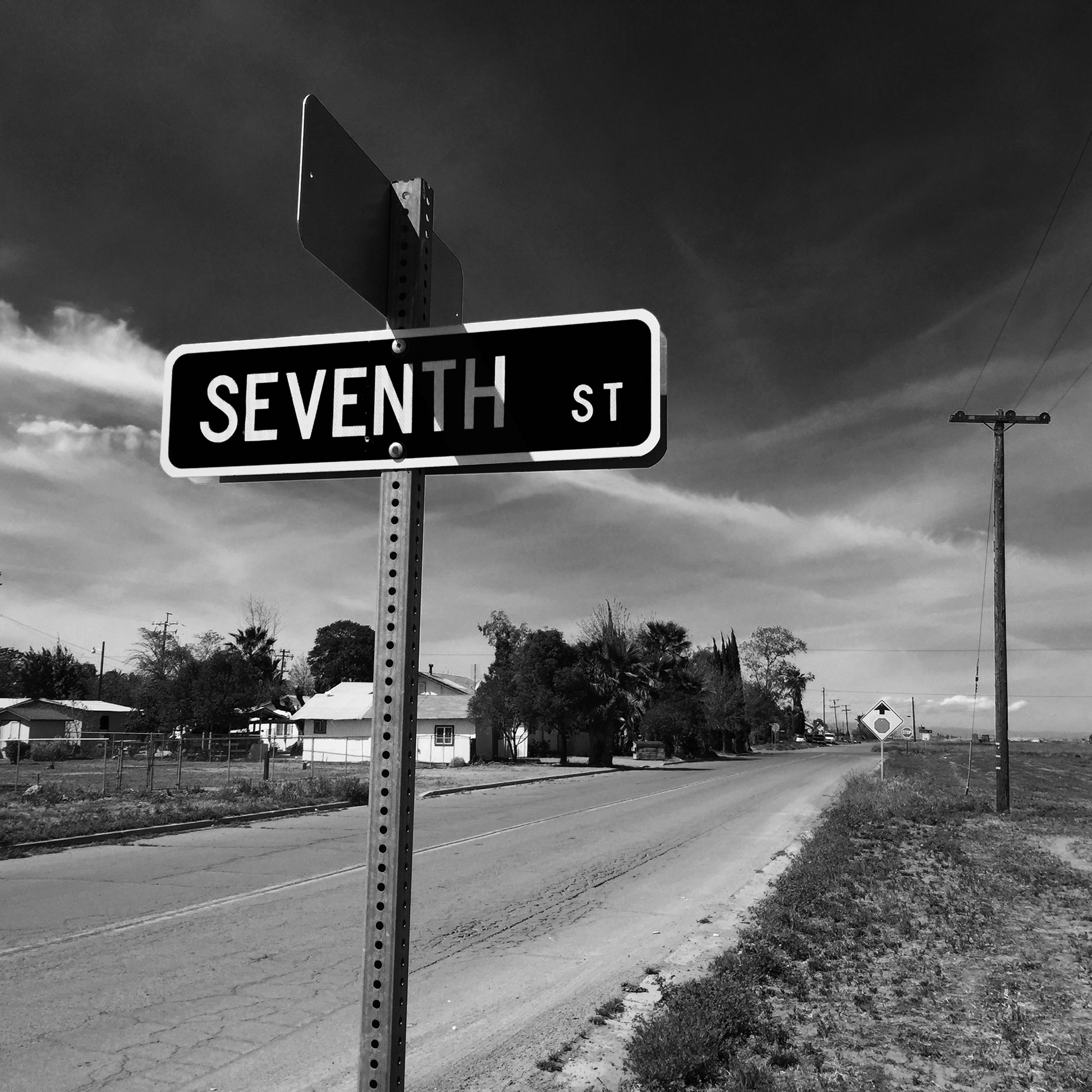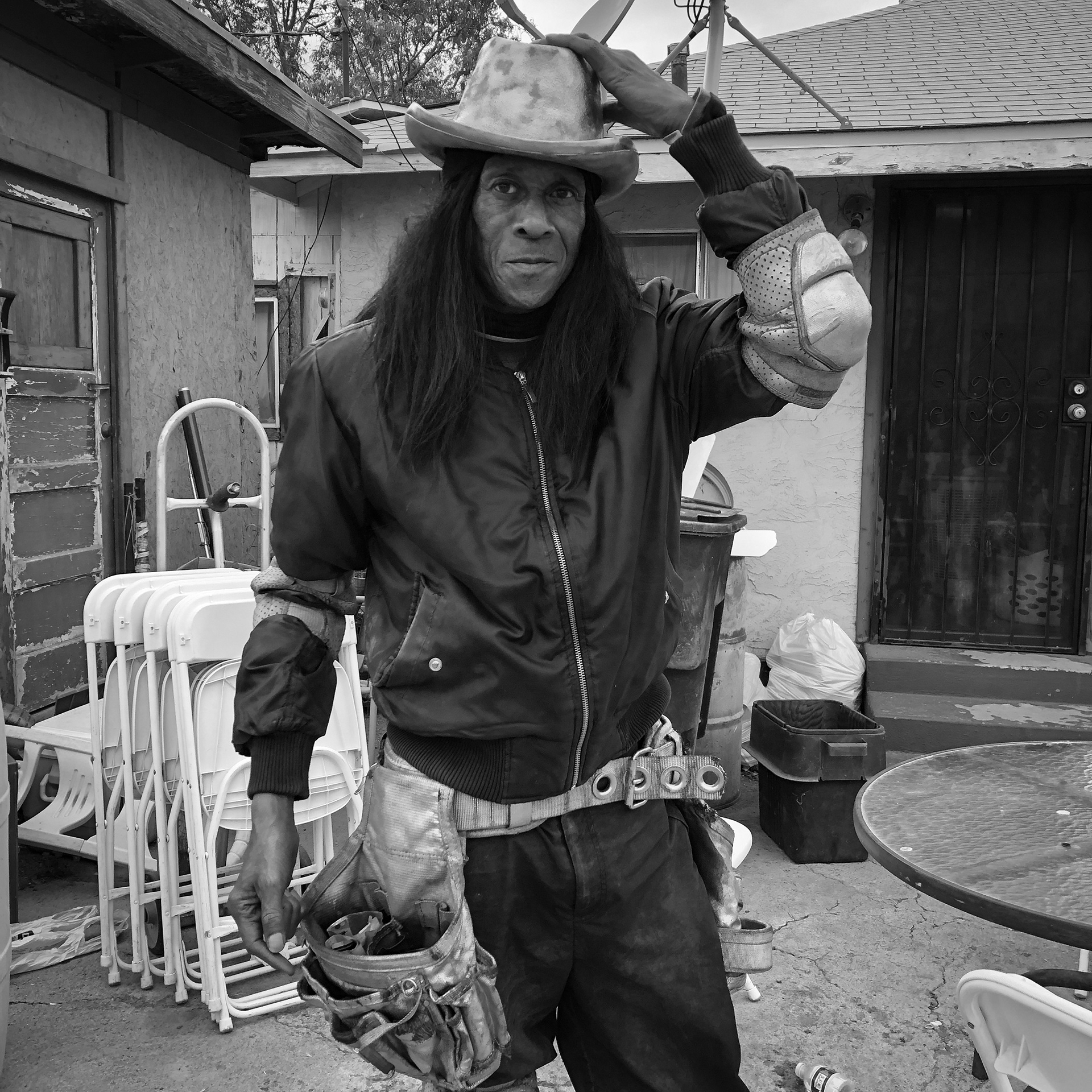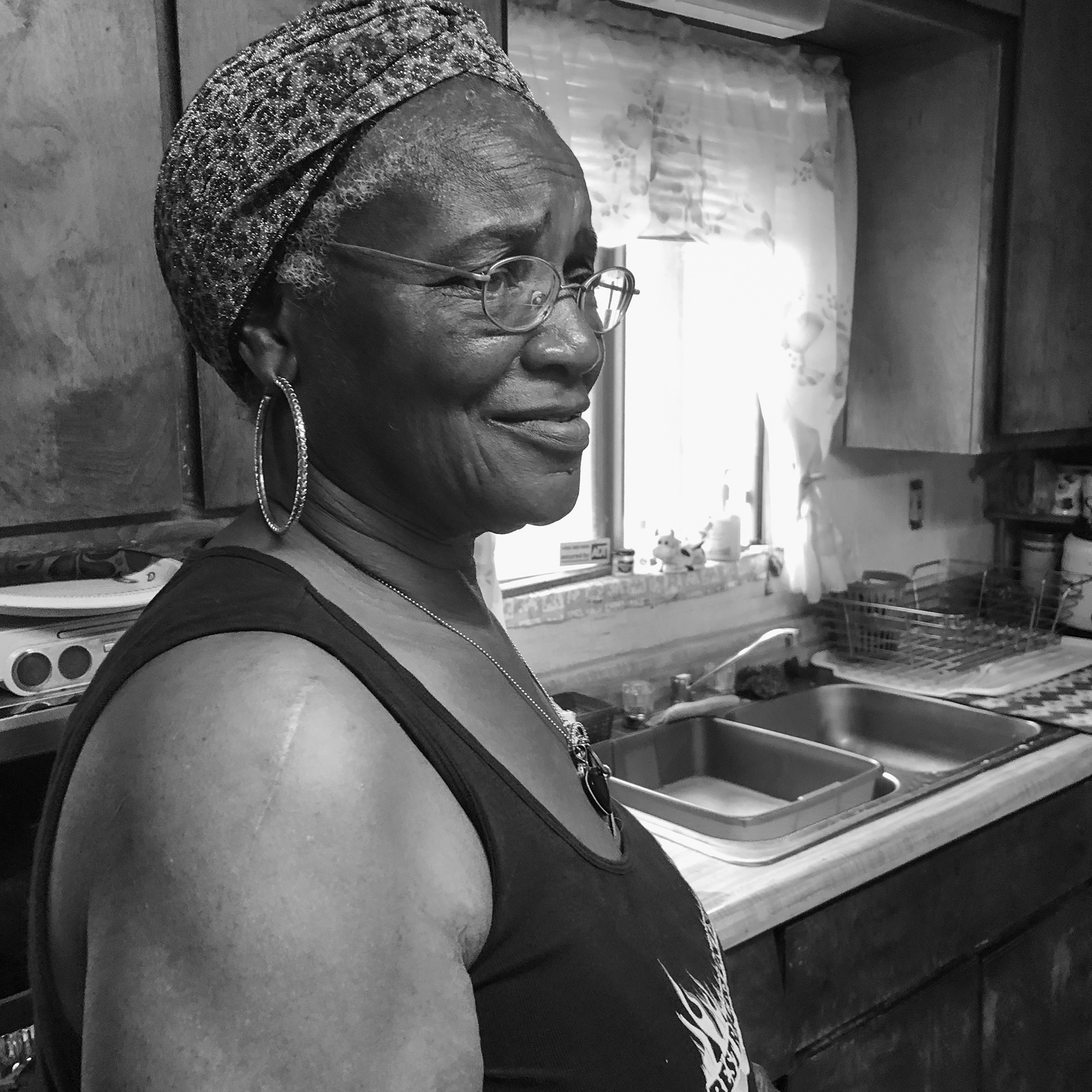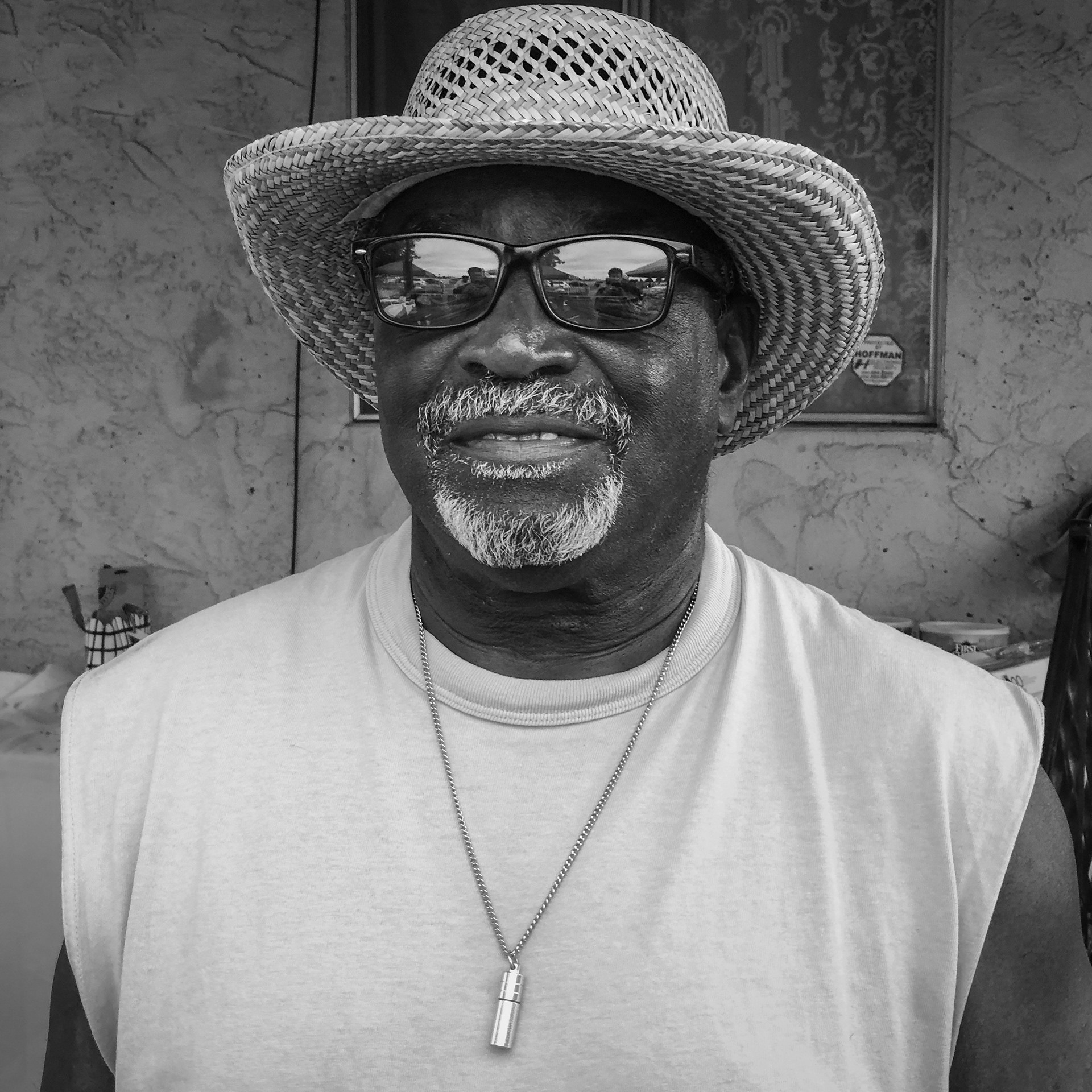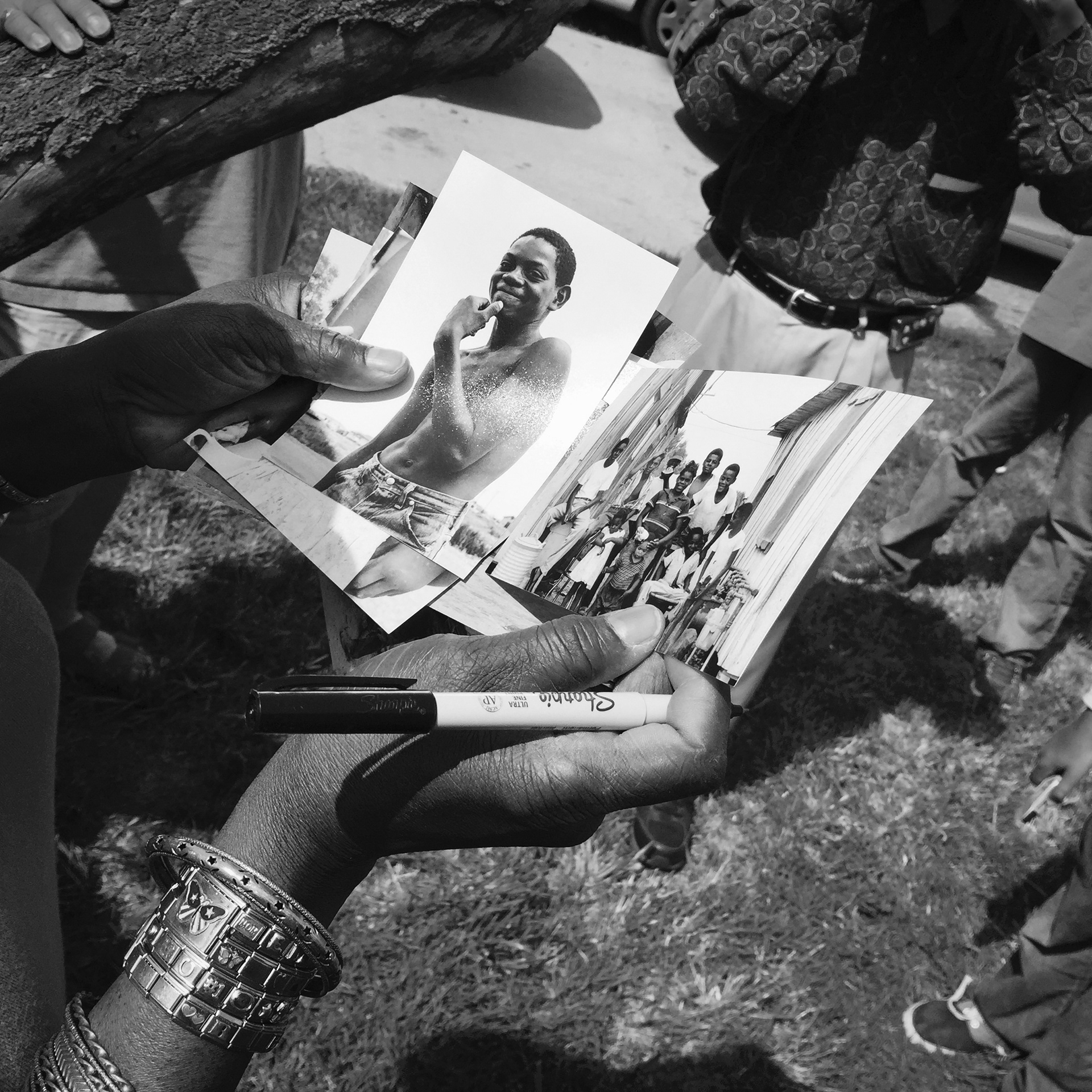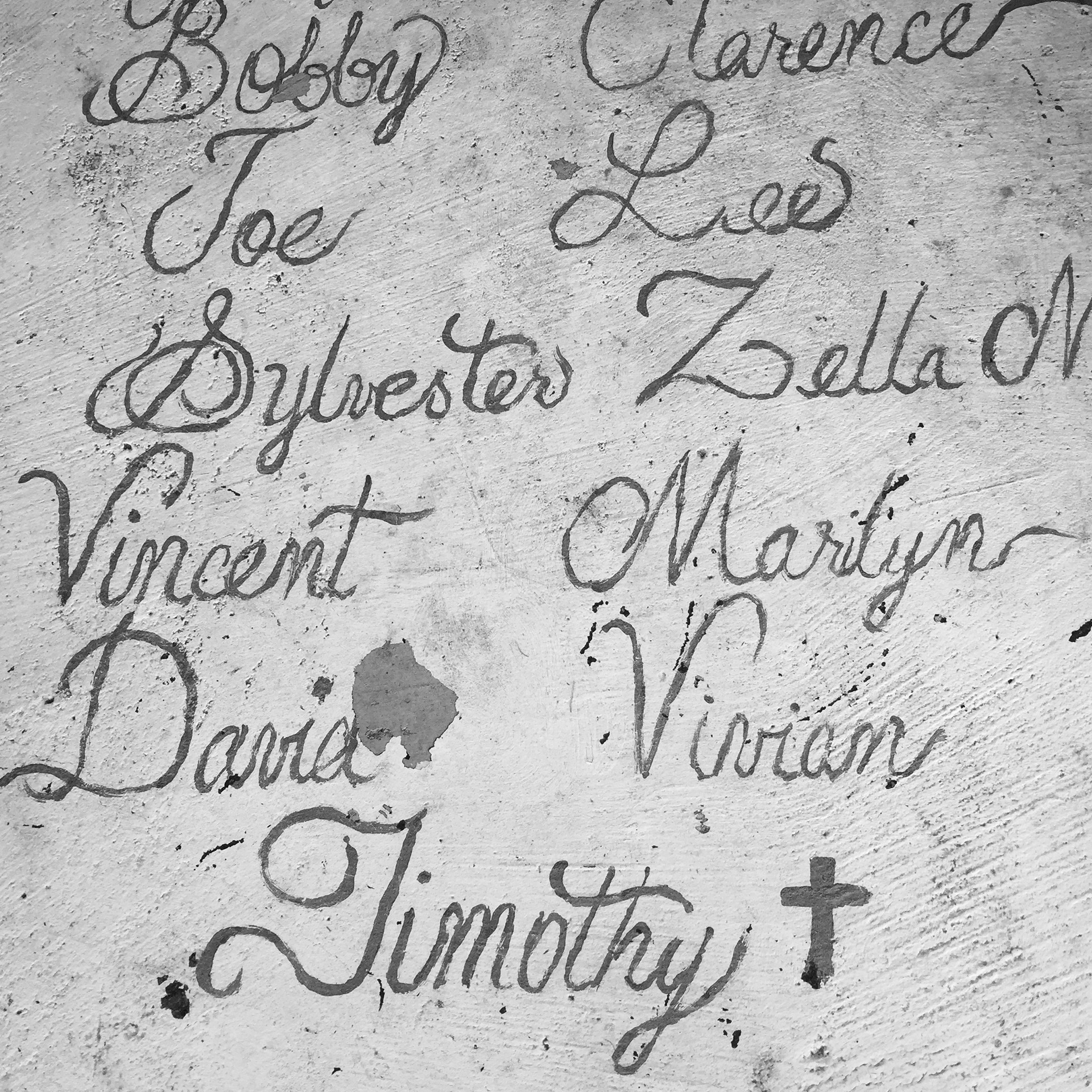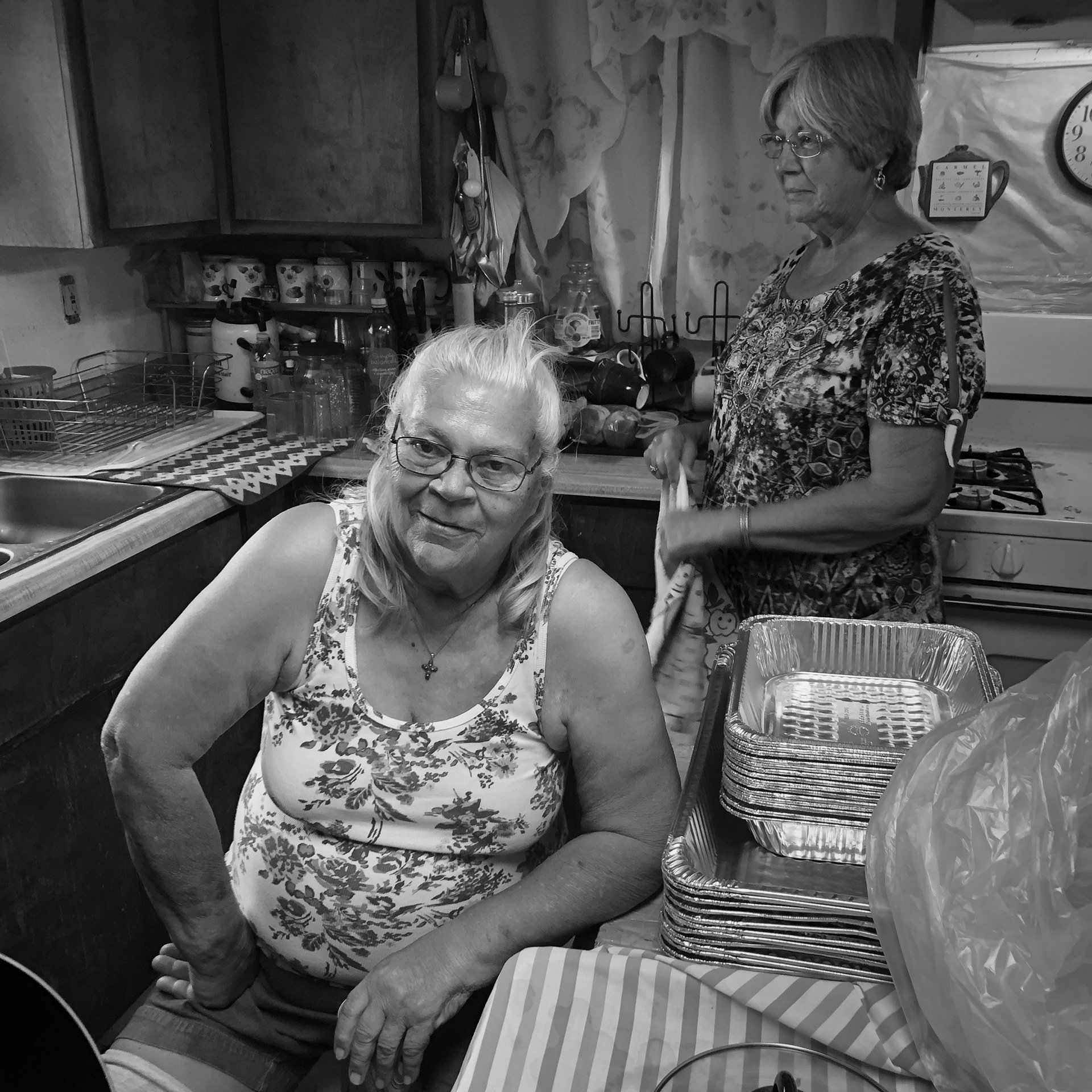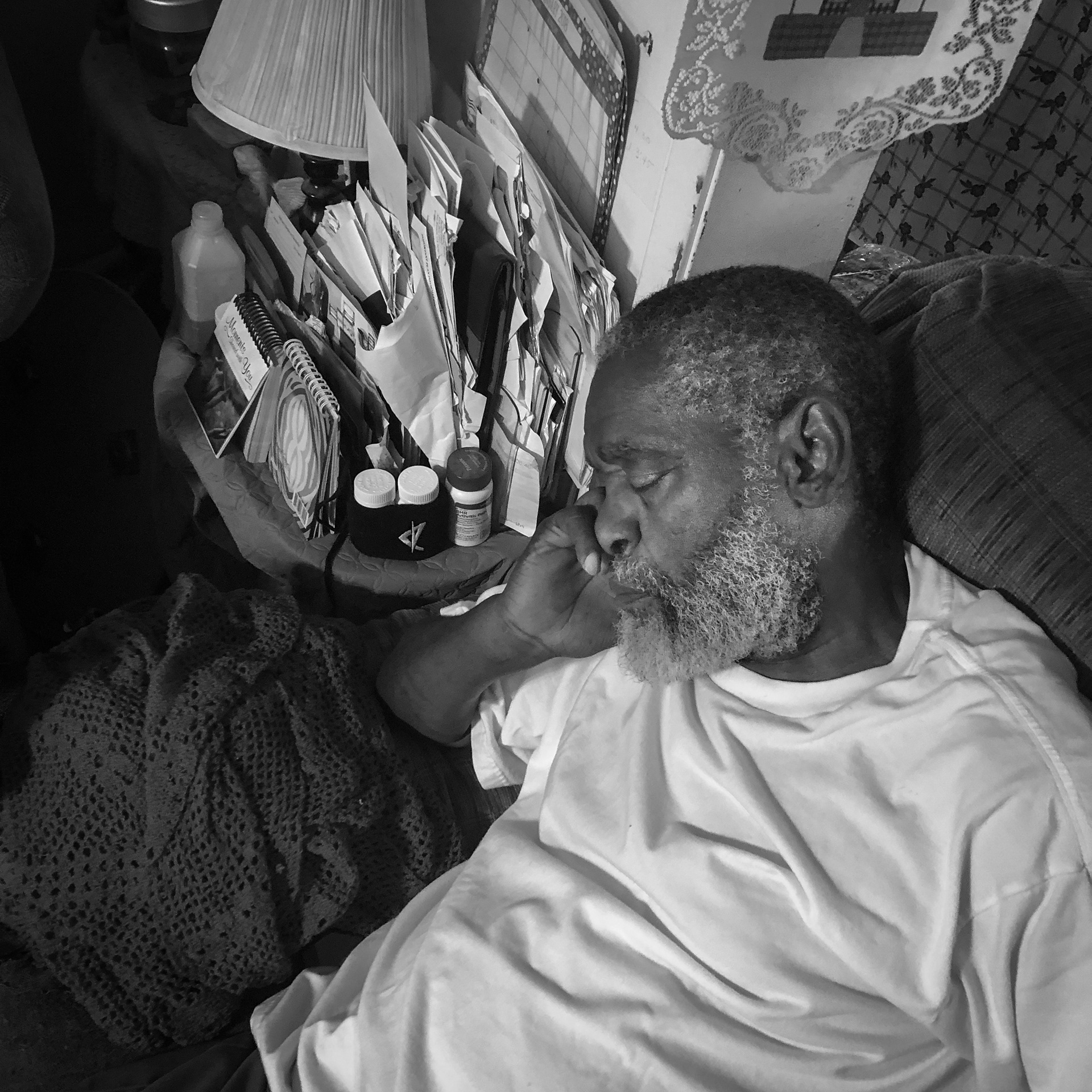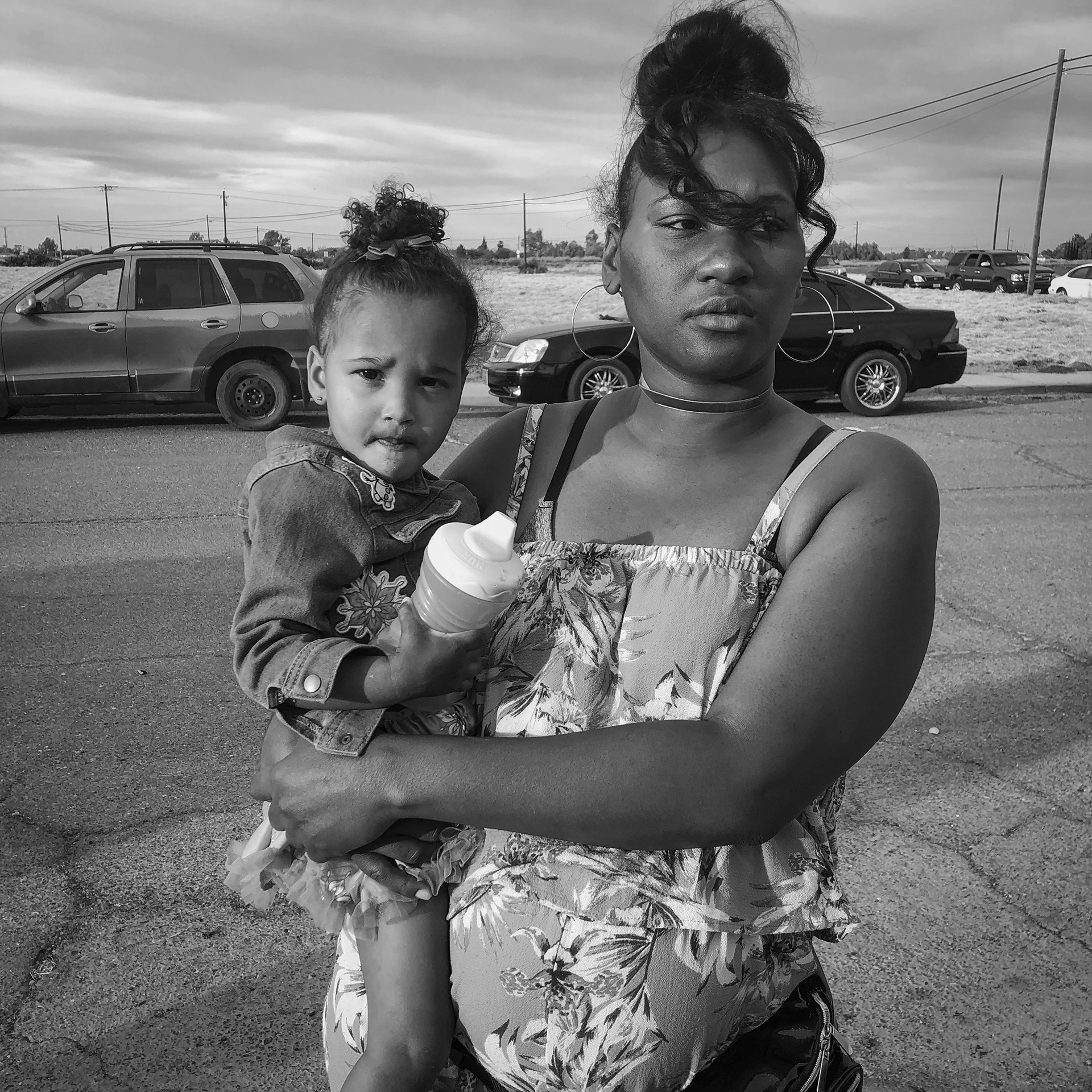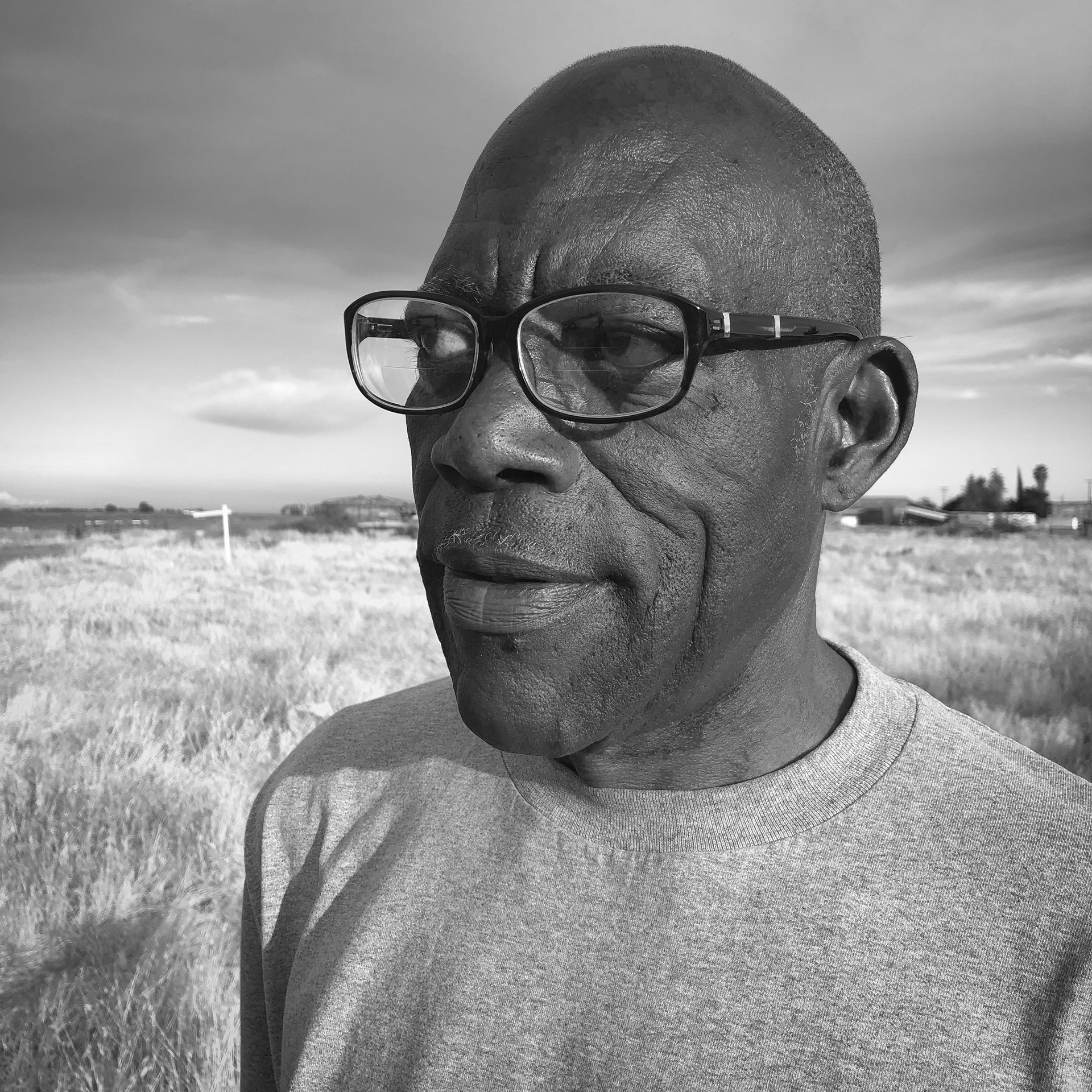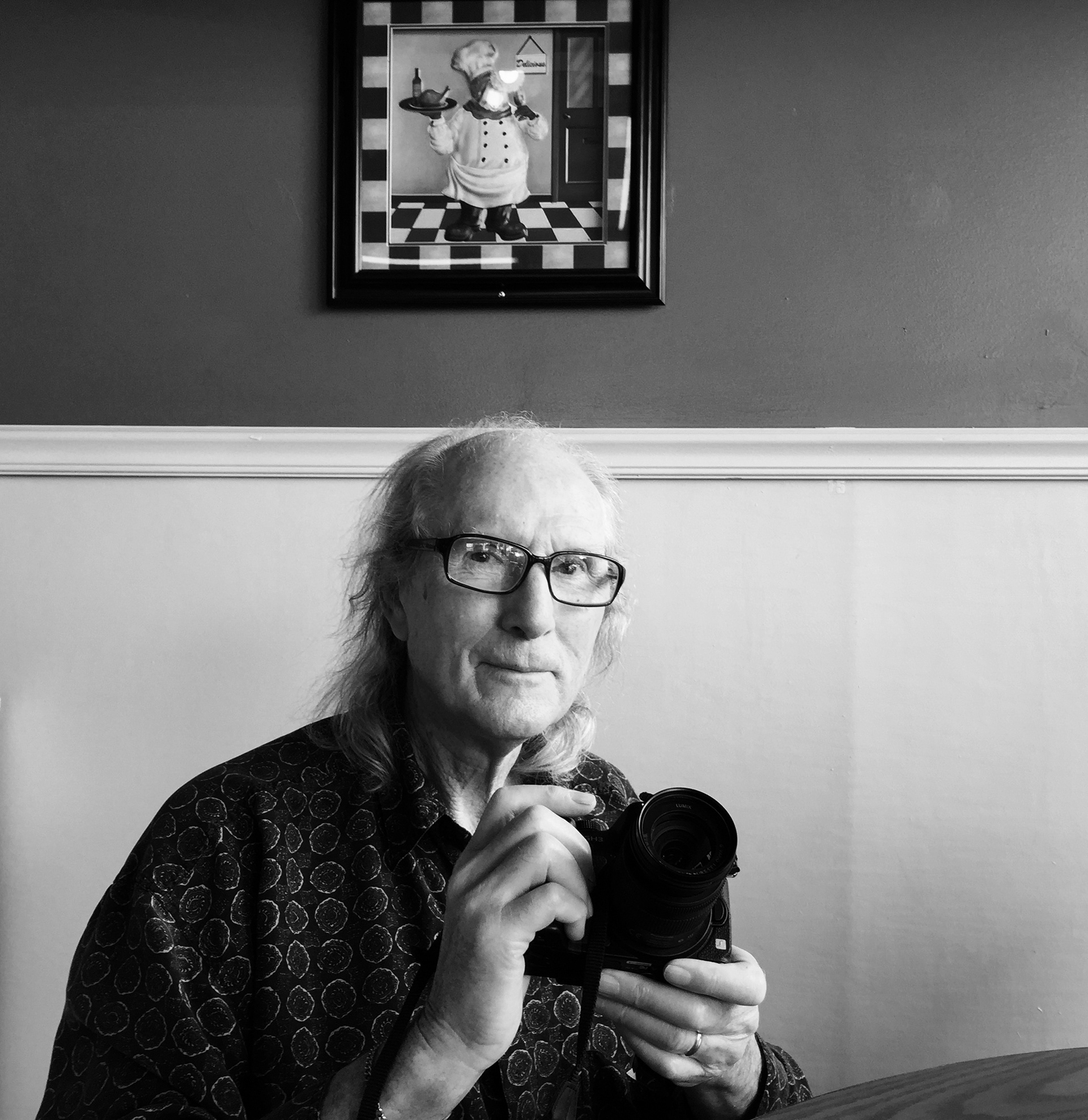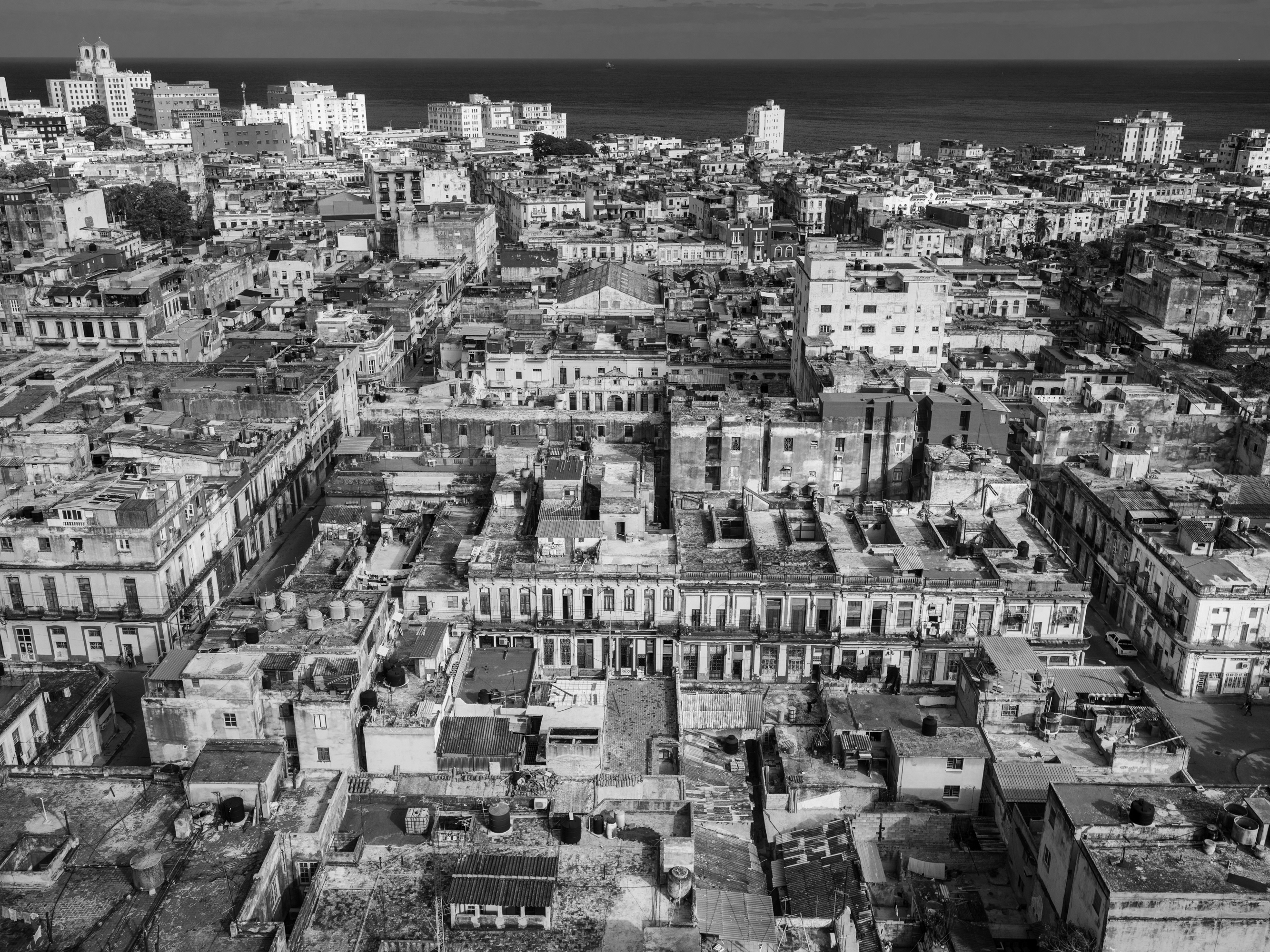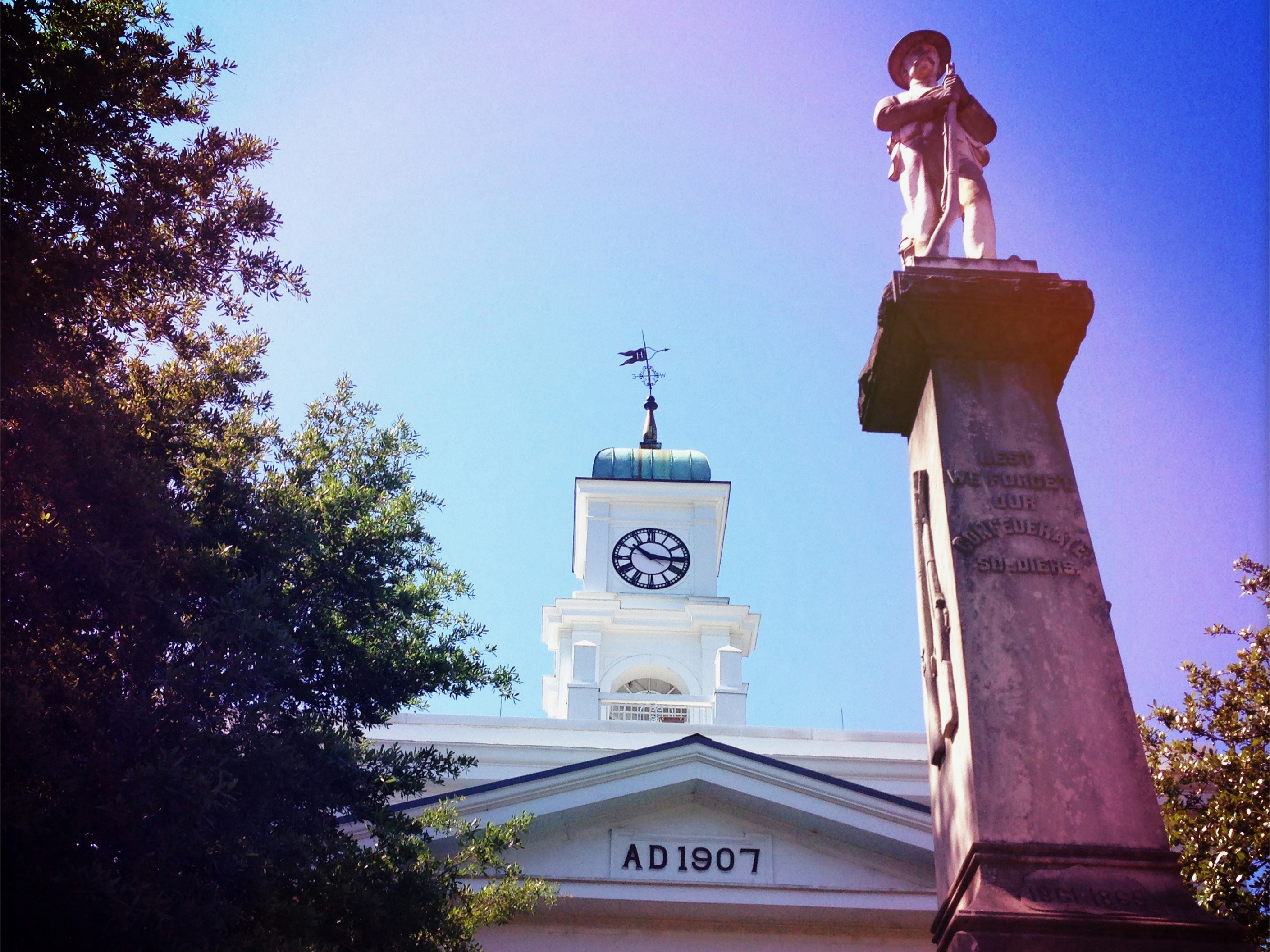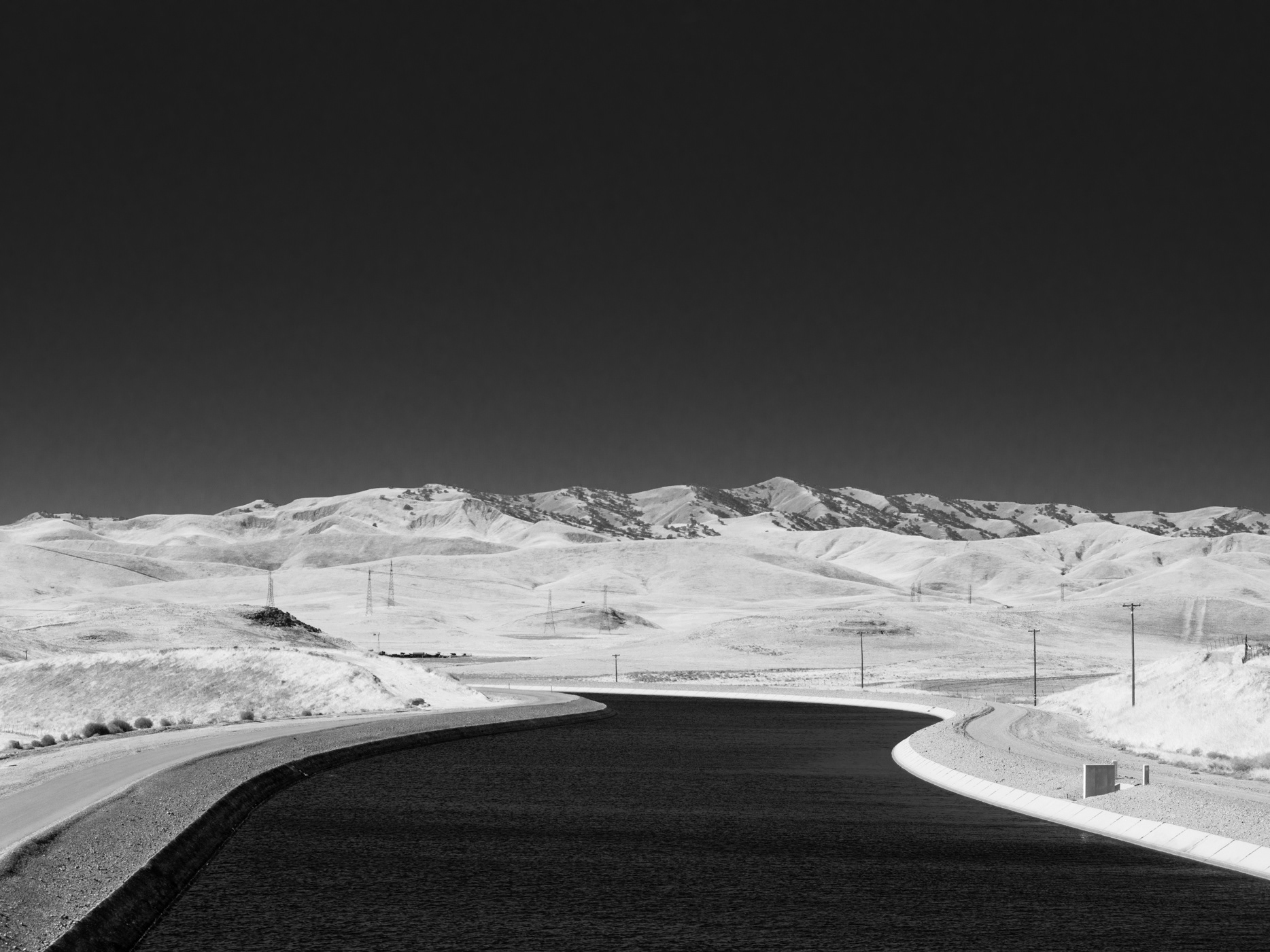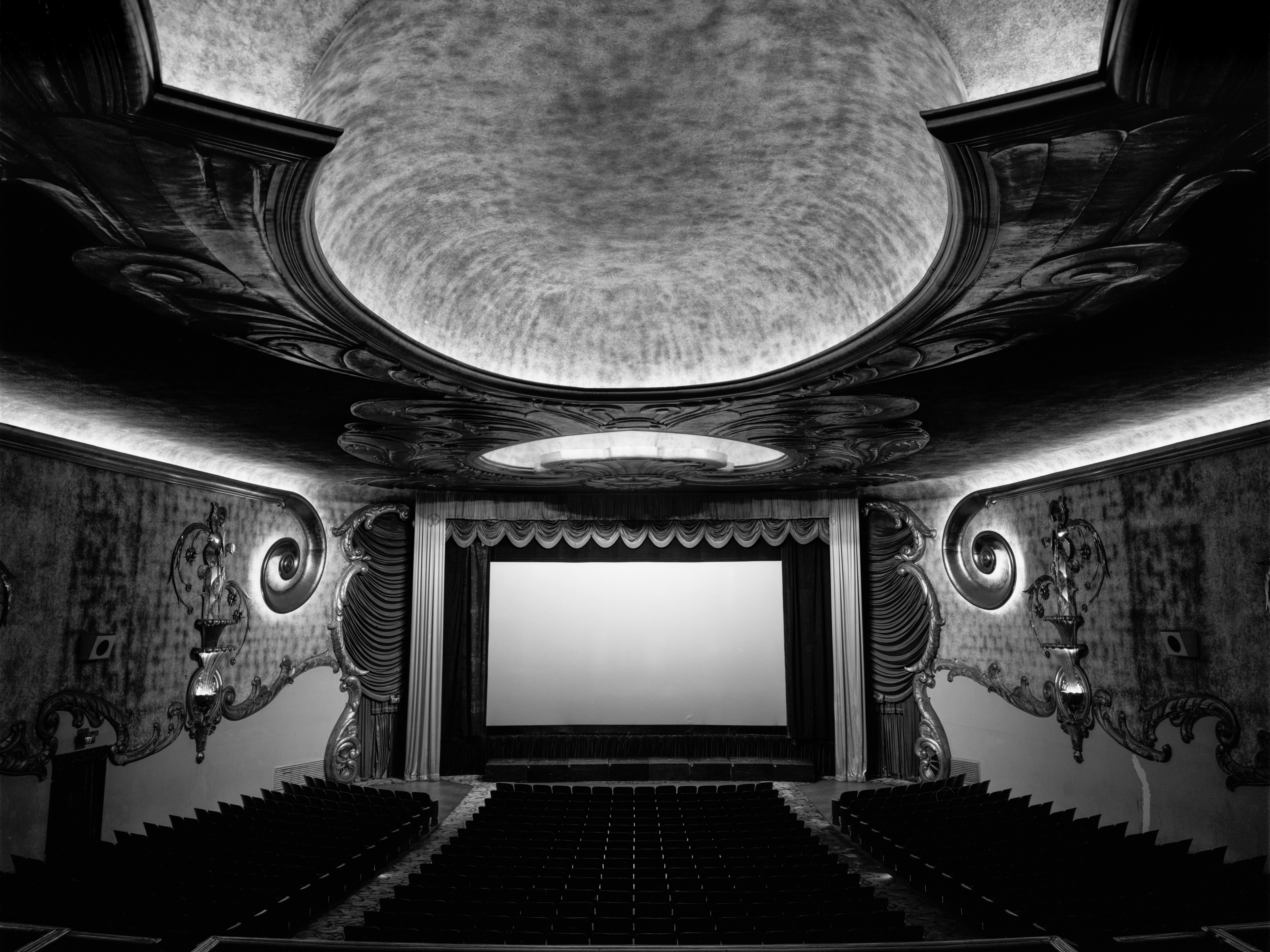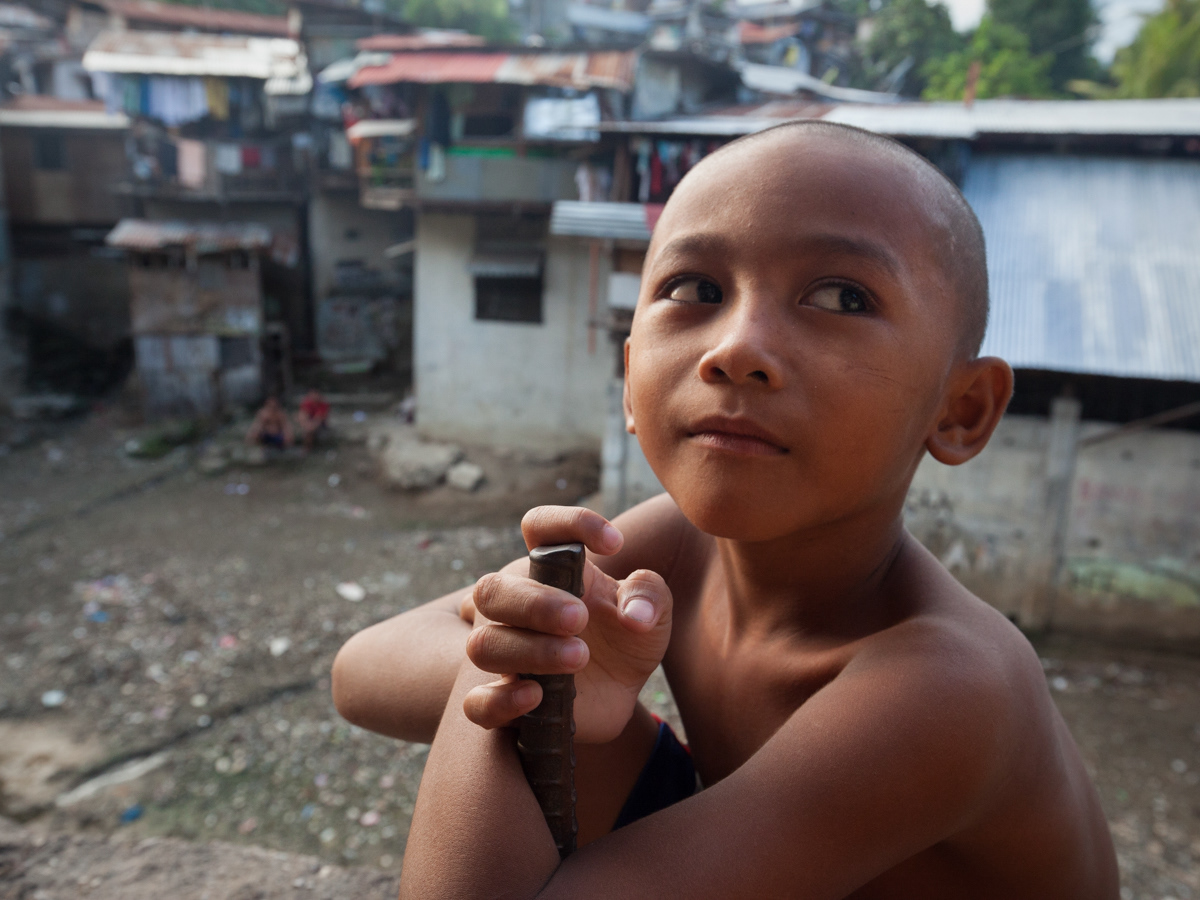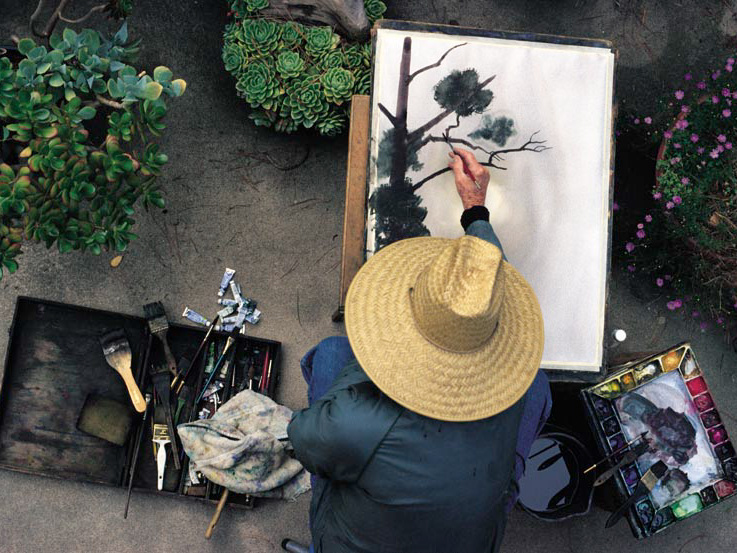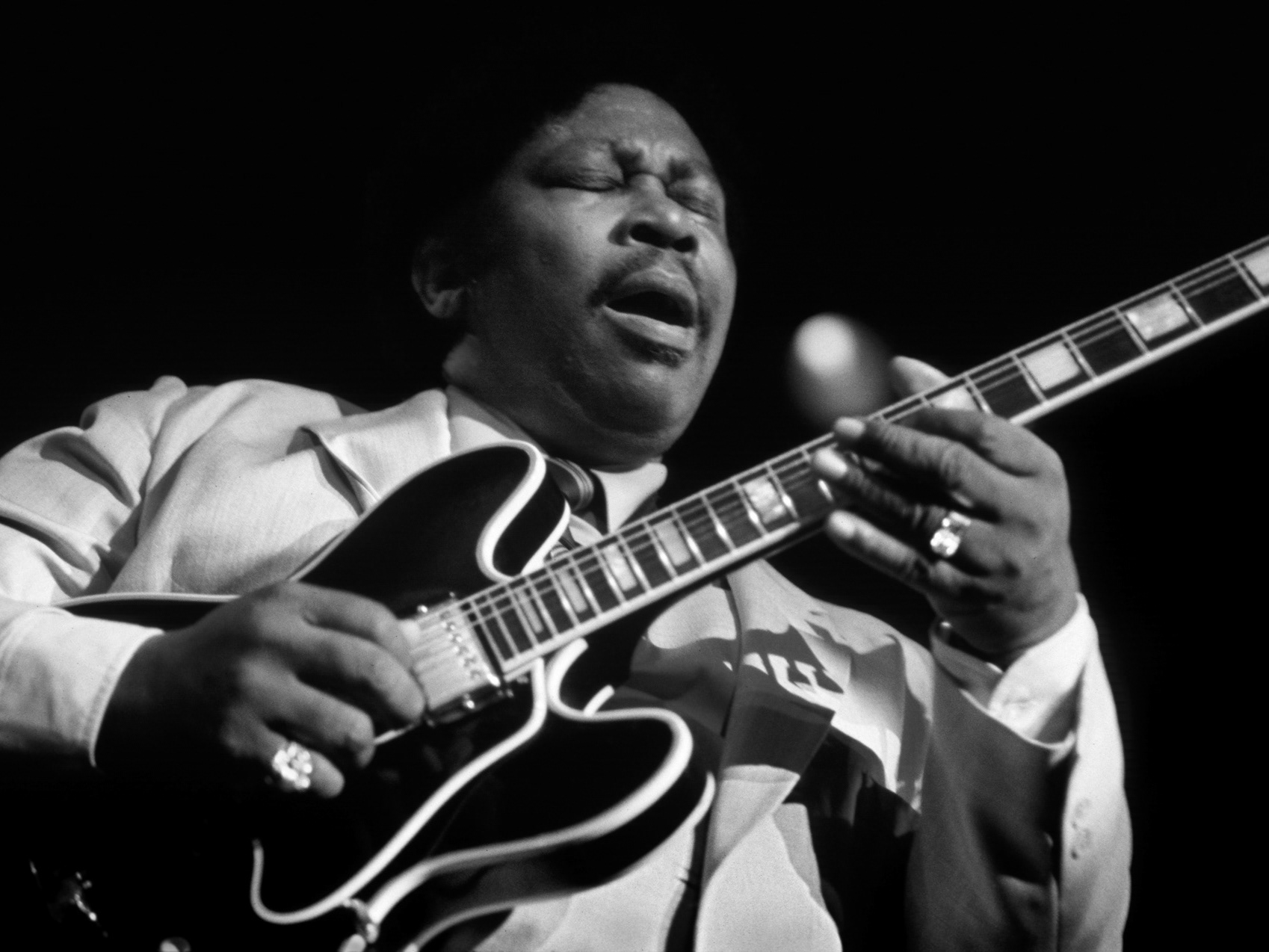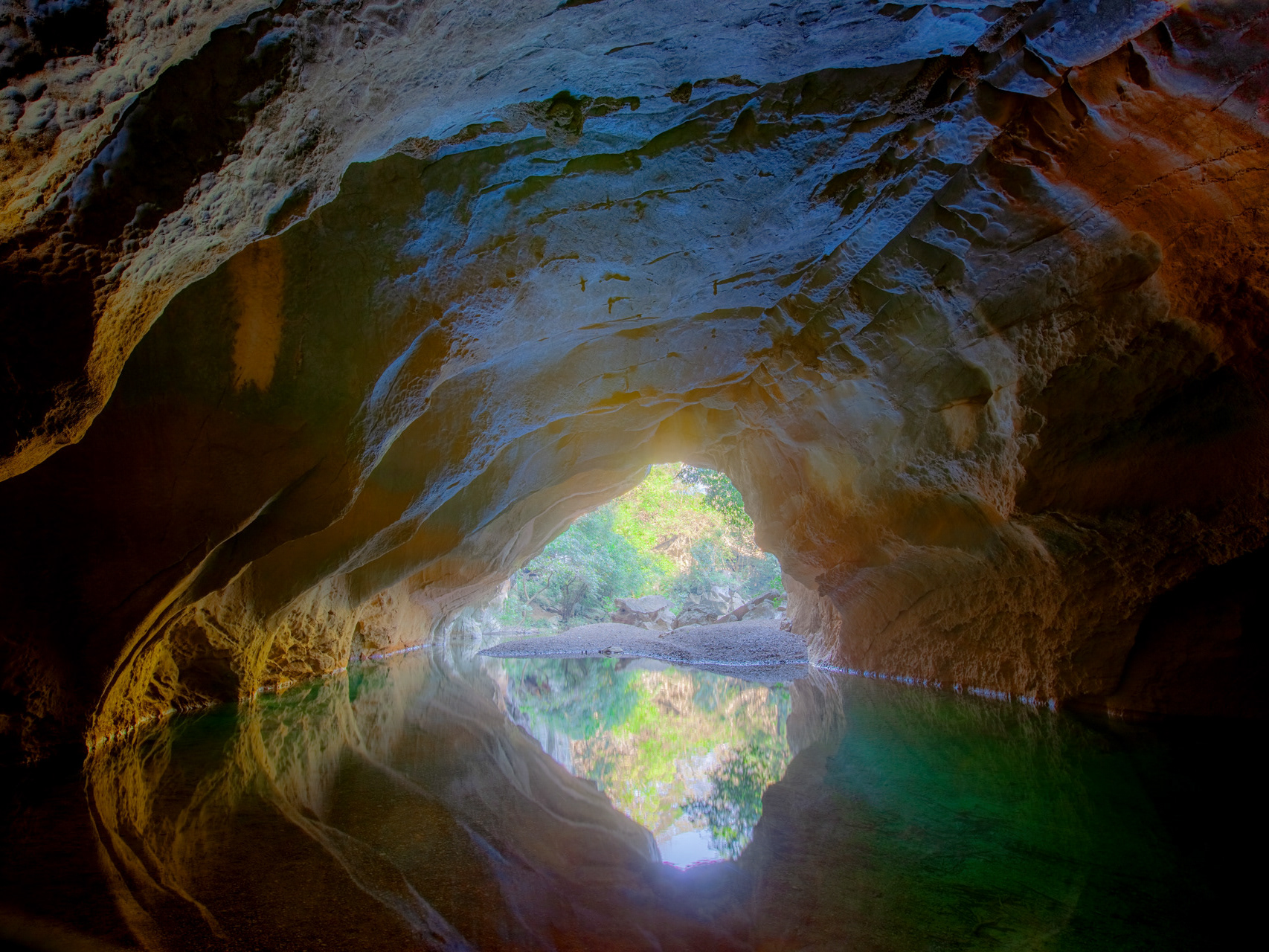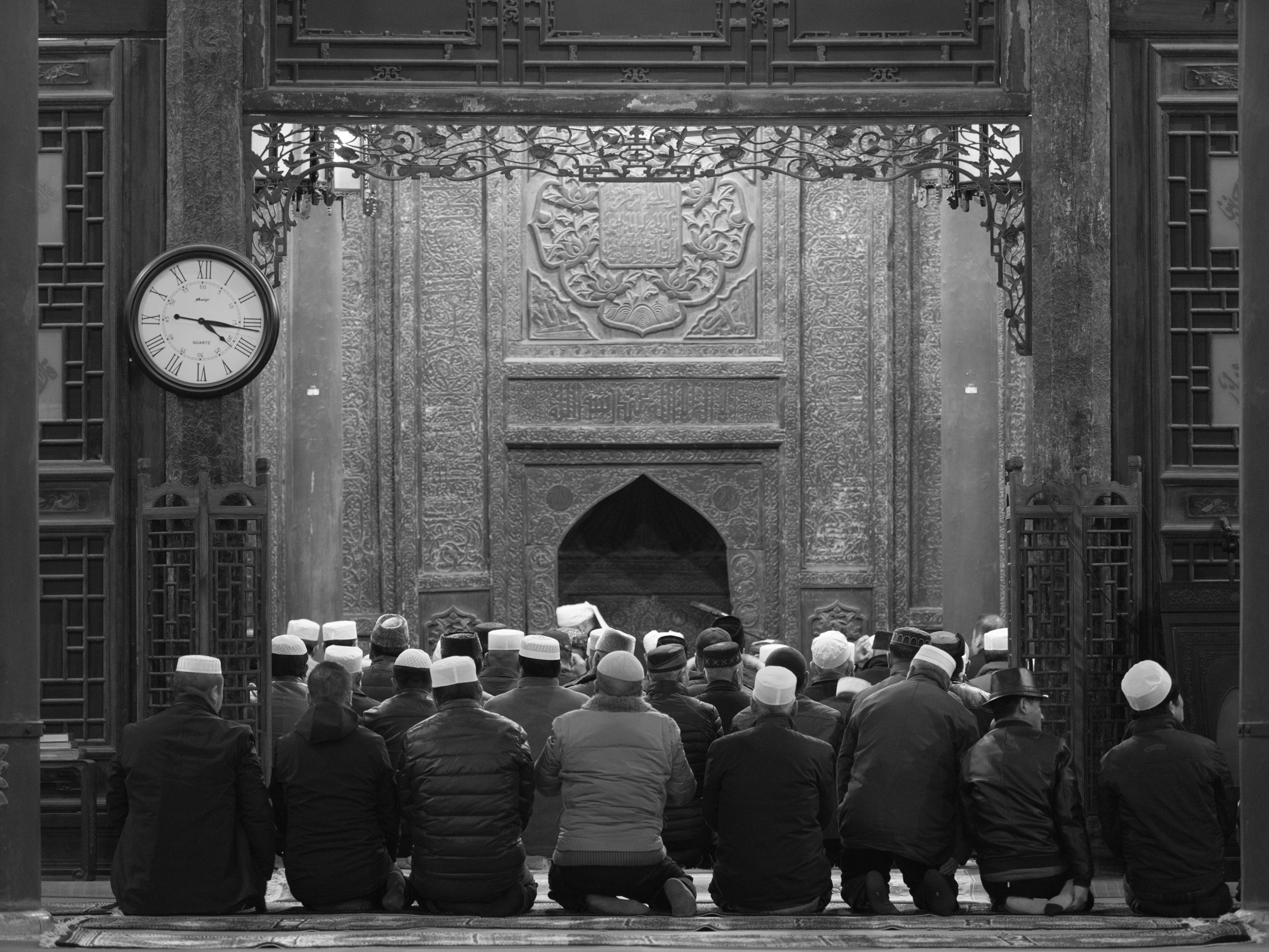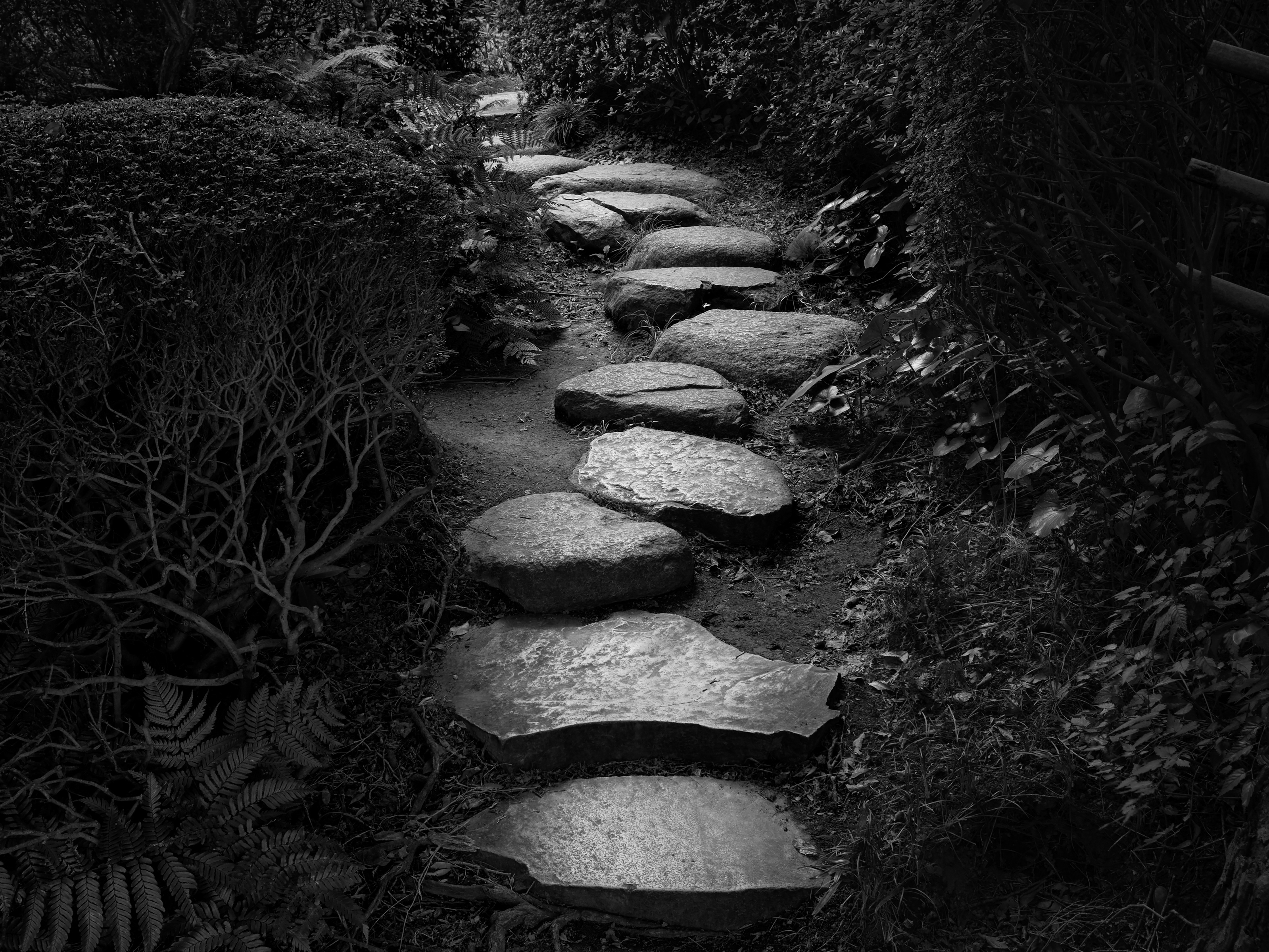In the early 1960s, photographer Ernest Lowe documented black migrant farm worker communities in California’s Central Valley. In 2015, Mark Arax and I contacted him and convened a small group of writers, historians and documentarians to revisit some of the places he had photographed. We drove first to South Dos Palos, where Lowe had captured powerful portraits four decades earlier. Seeing only an abandoned restaurant along the main road, we stopped a white woman in her car to ask where we might find the African American neighborhood.
“There are no black people living here,” she stated categorically and drove off.
Perplexed, we turned off the main road and drove just one block to discover a long street lined with African American households. There we met the Marshall family, who had migrated to California from Texas in the late 1940s. Lowe photographed their children in the early 1960s and had prints in hand. By now these children were grandparents in their sixties. After passing his photos around, a joyful reunion took place between the photographer and his subjects.
The next morning we drove to Teviston, a tiny, scattered community in Tulare County. We visited two small churches without finding much and were directed to a third church on the other side of highway 99. As luck would have it, they were holding an annual event called “History Day,” in which congregants reminisced about their migration west and the early days of the town before it had running water. We spread Lowe’s photos out on a pew and were immediately welcomed by the Beavers family, migrants from Oklahoma, whose children Lowe had also photographed in the early 1960s.
Over the next three years, we attended several large family reunions with the Beavers and Marshall families and visited other black migrant communities. One member of our group, historian Michael Eissinger, finished his PhD dissertation with the addition of valuable new material gleaned from these visits. I scanned Ernest Lowe’s original 1960s negatives and printed a large exhibition of his photographs that debuted at the Fresno Art Museum in 2018. During this time, I kept this visual journal of our visits to the migrant communities using only an iPhone.
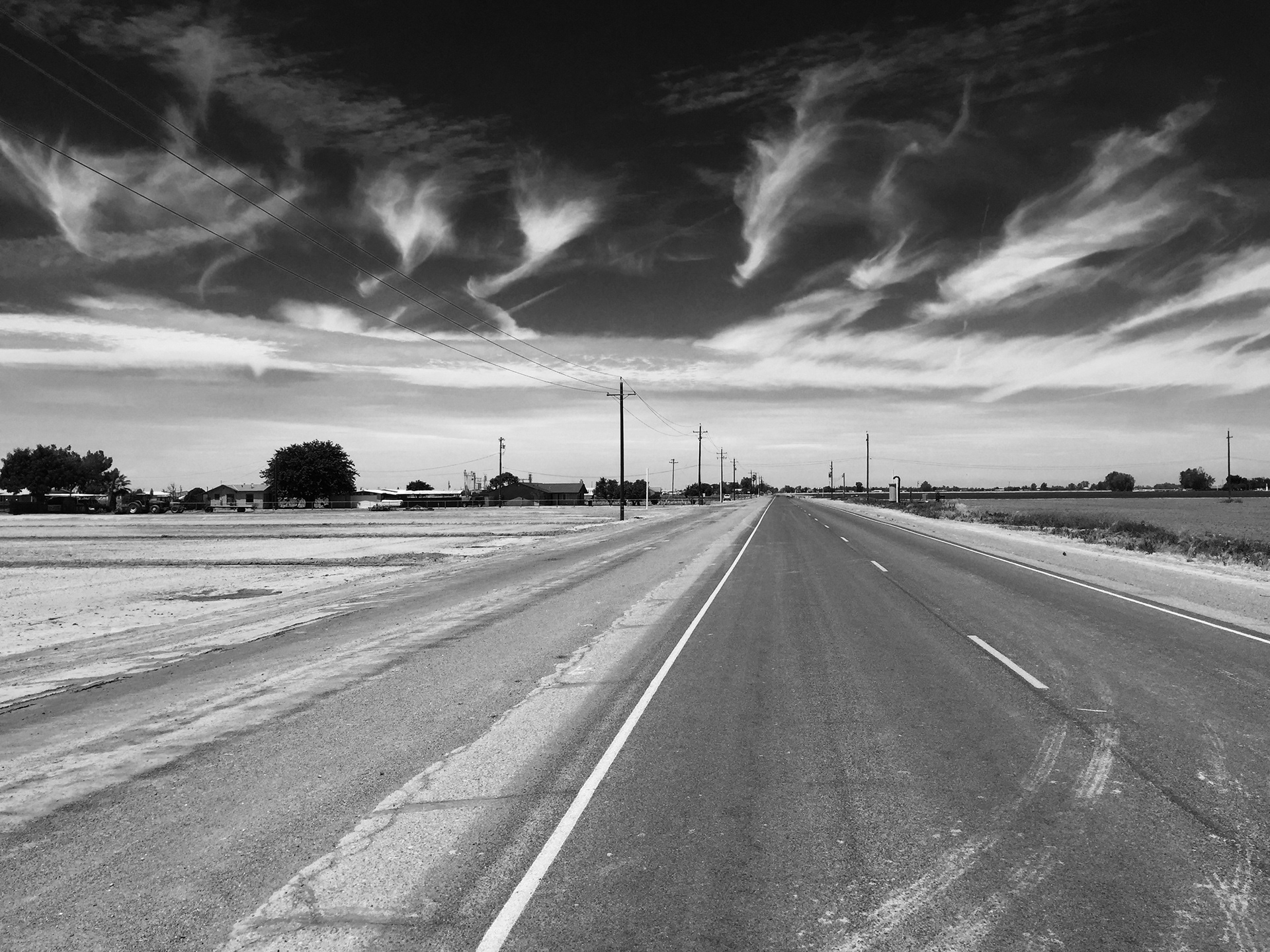
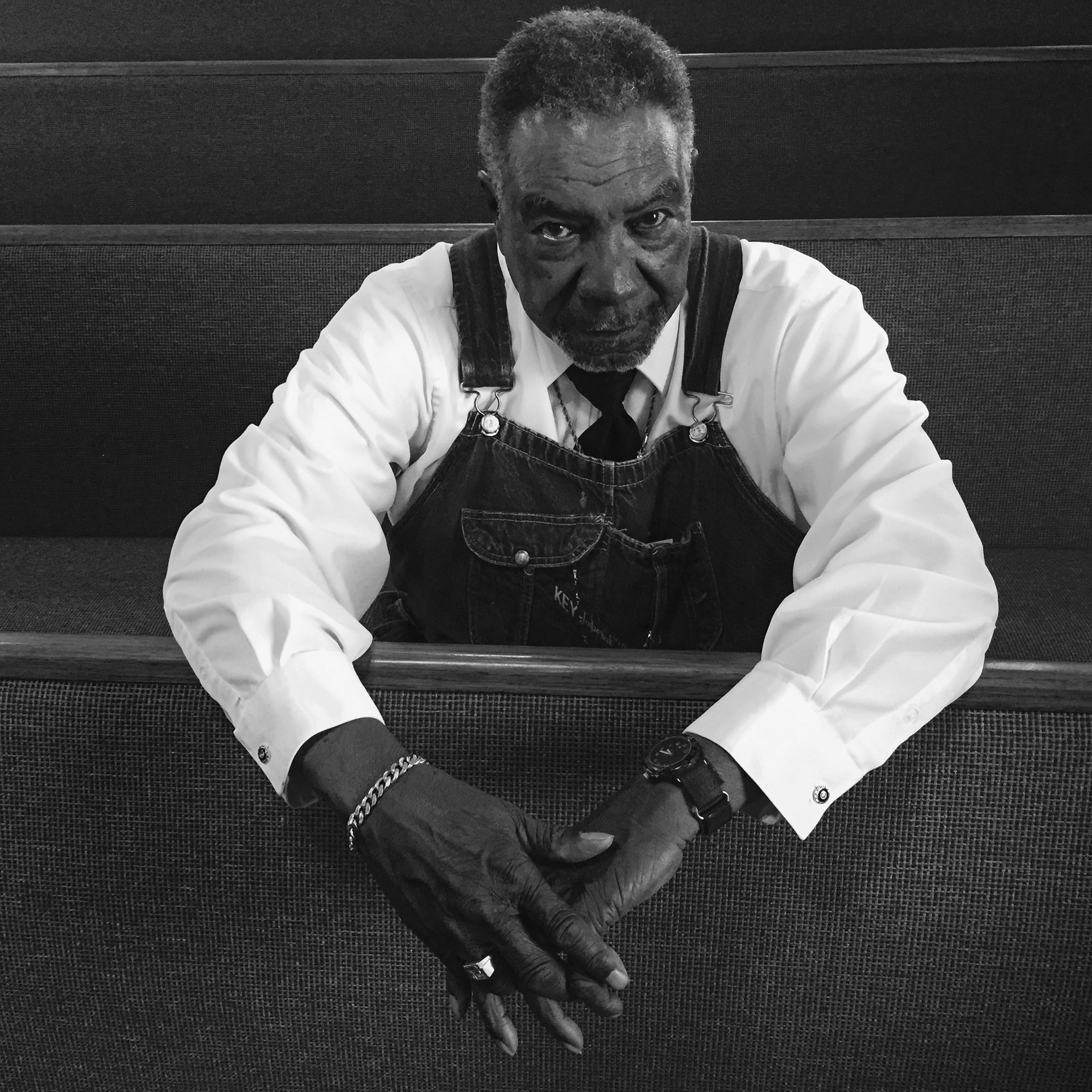
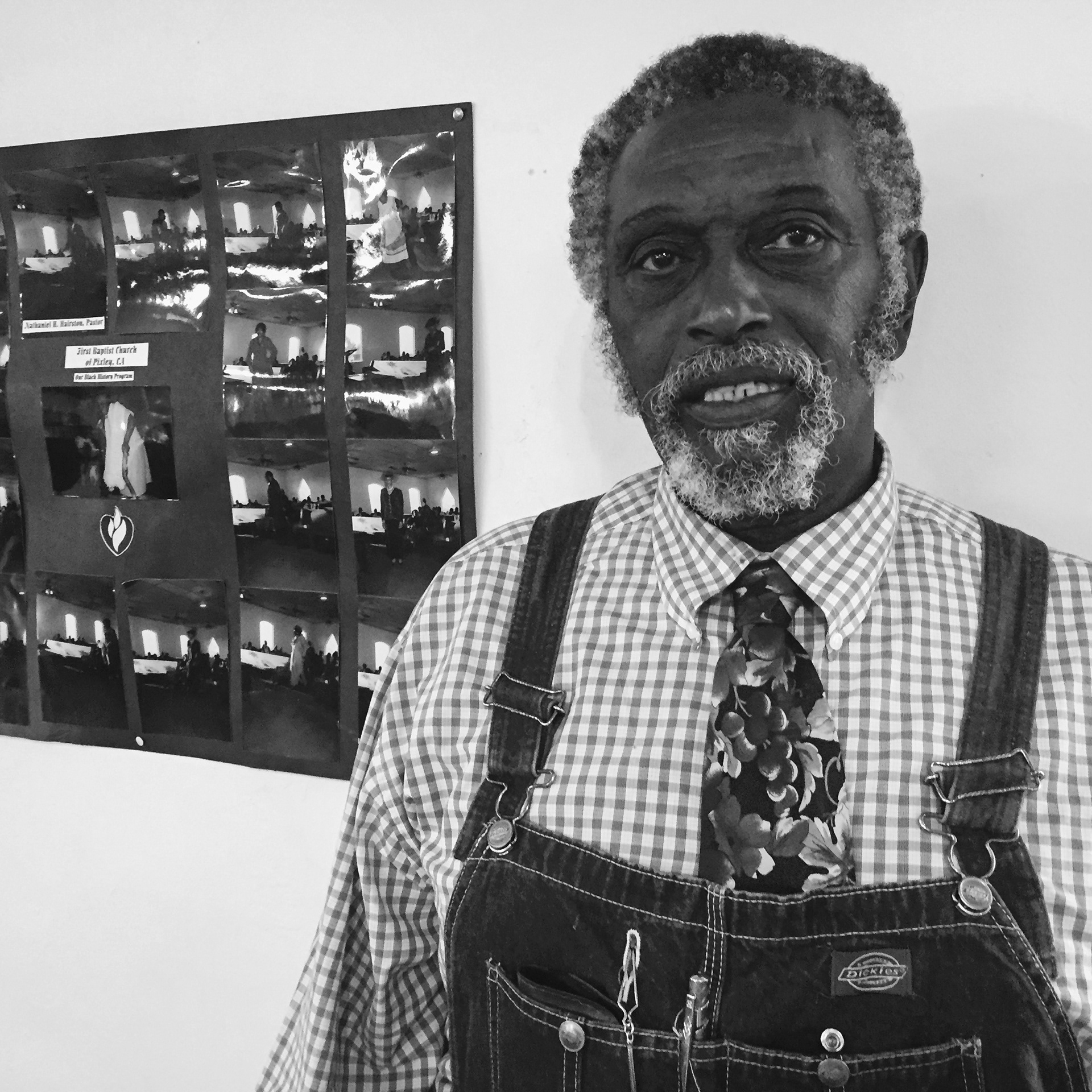
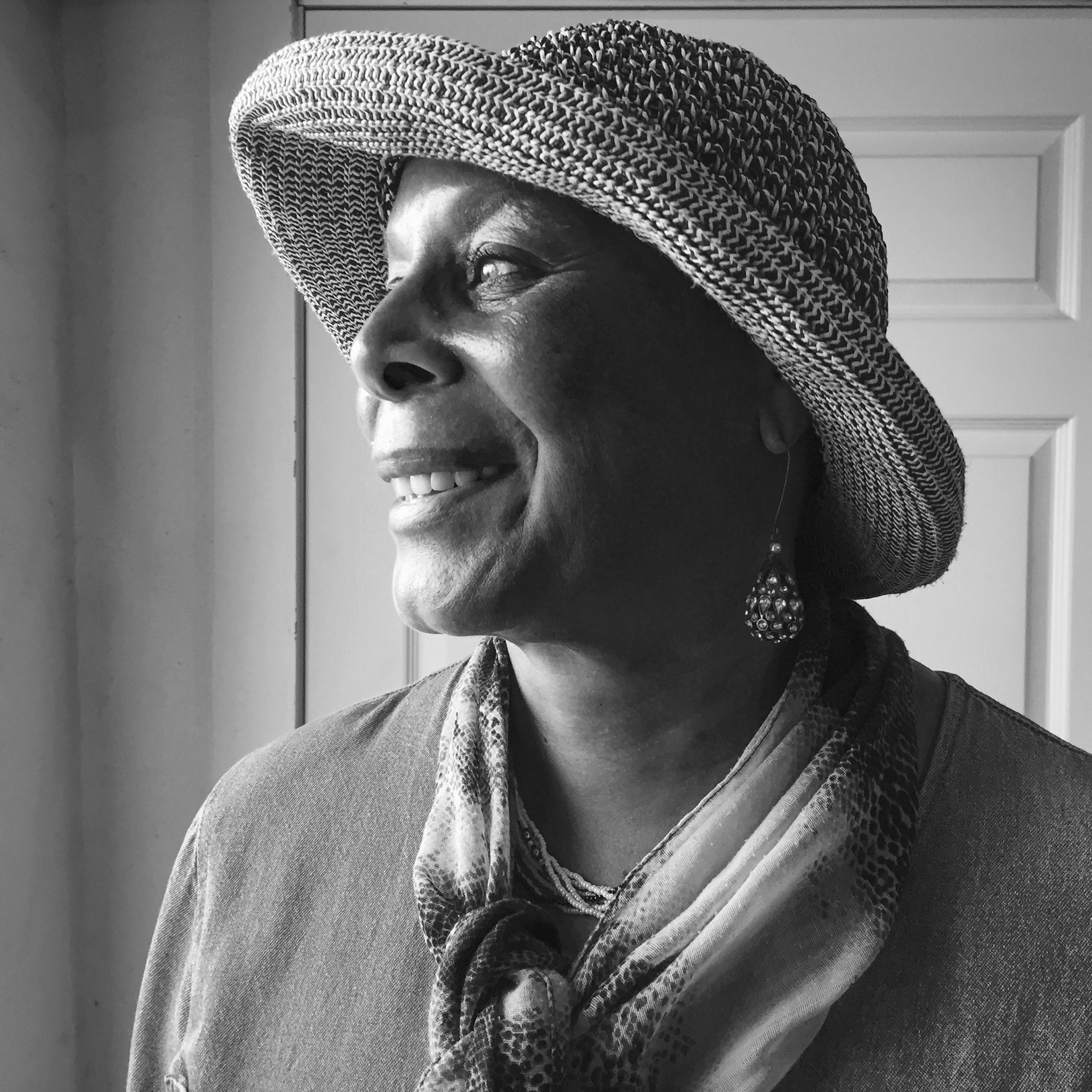
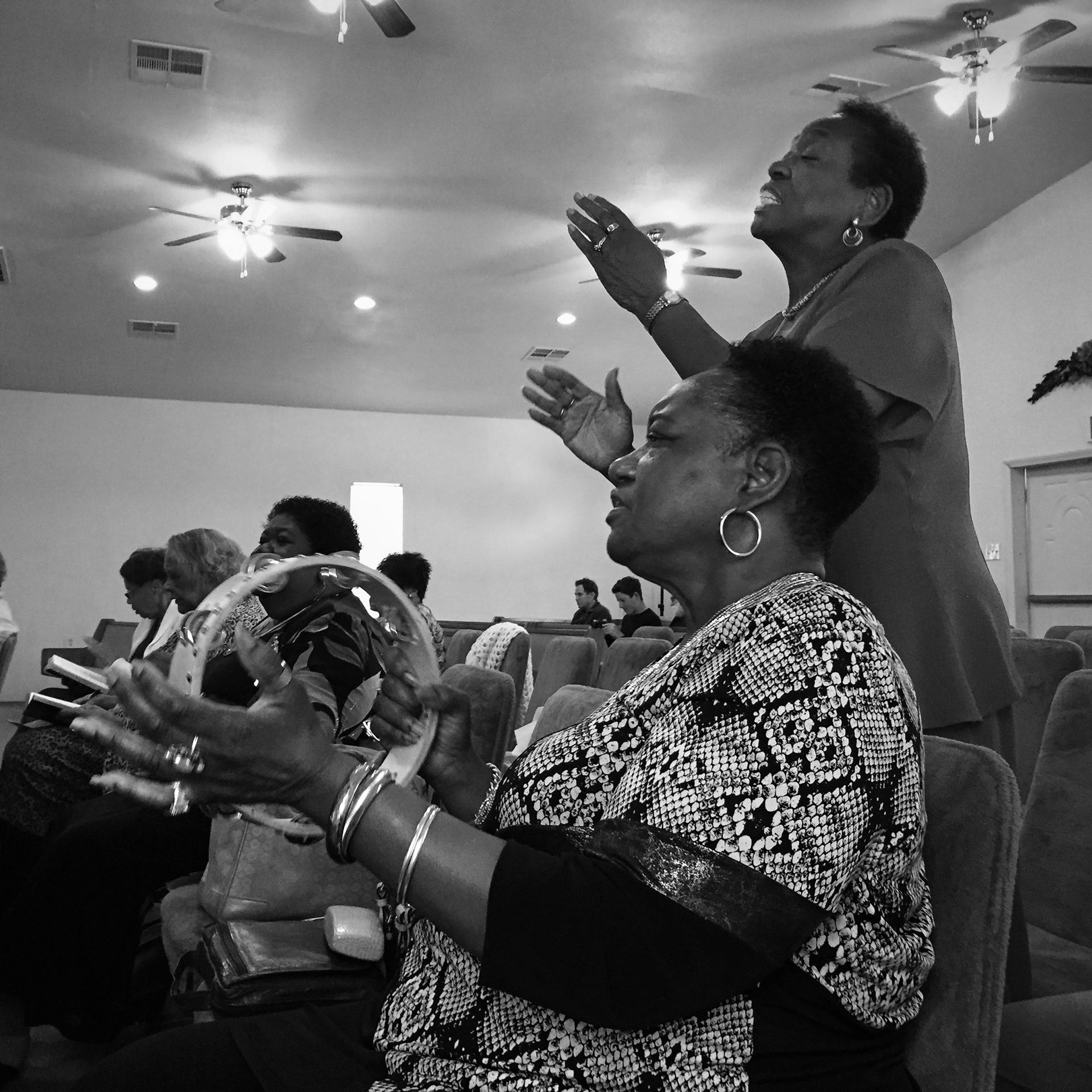
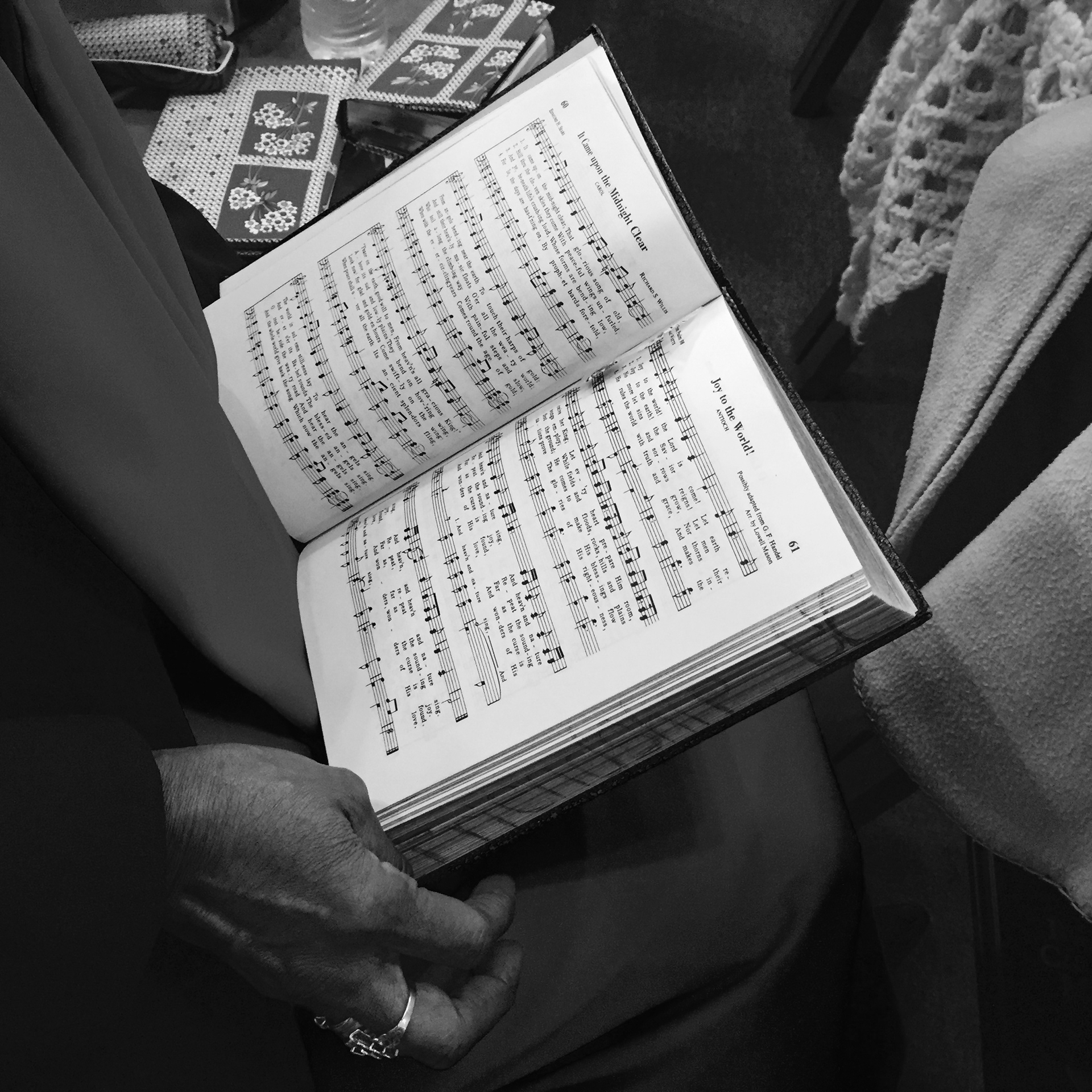
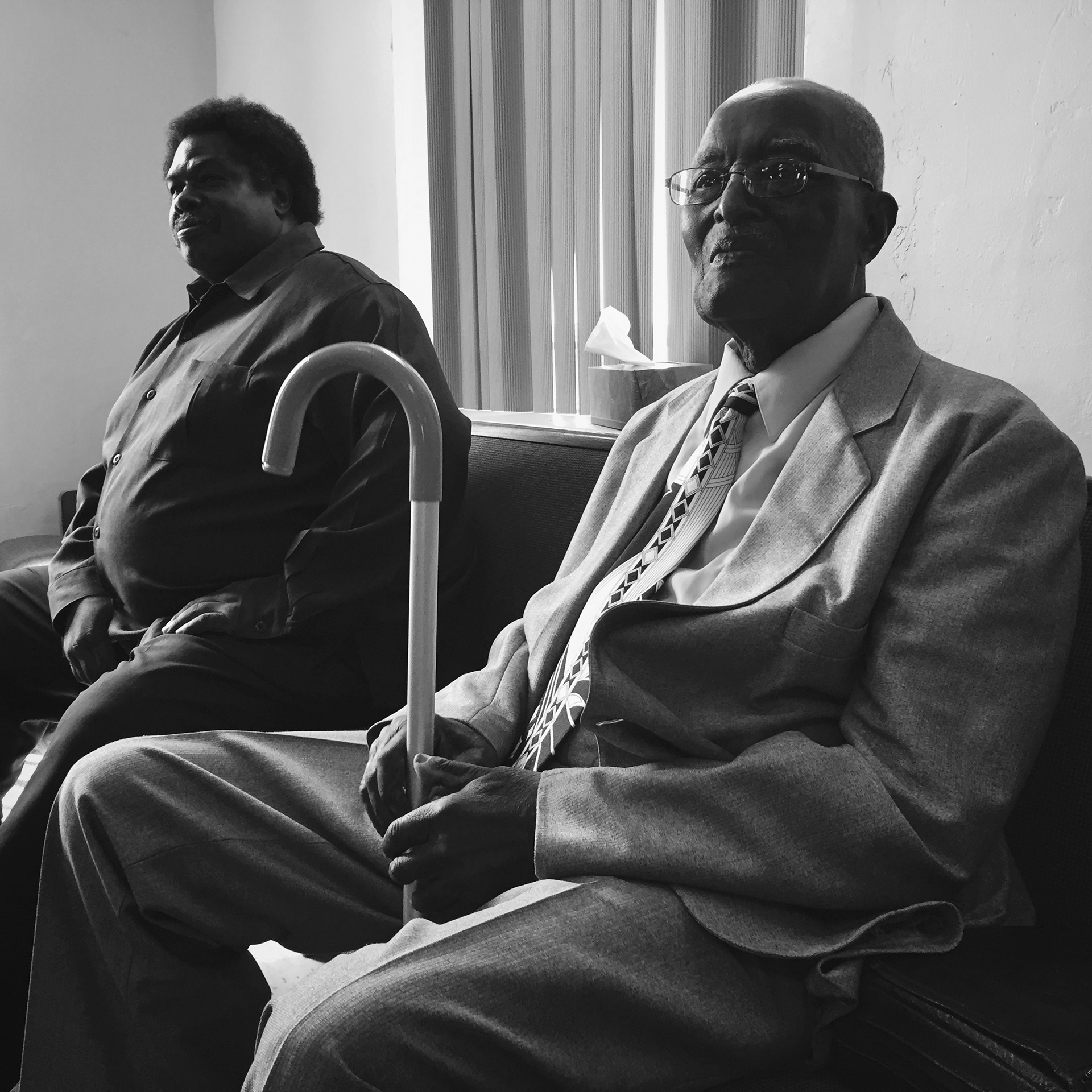
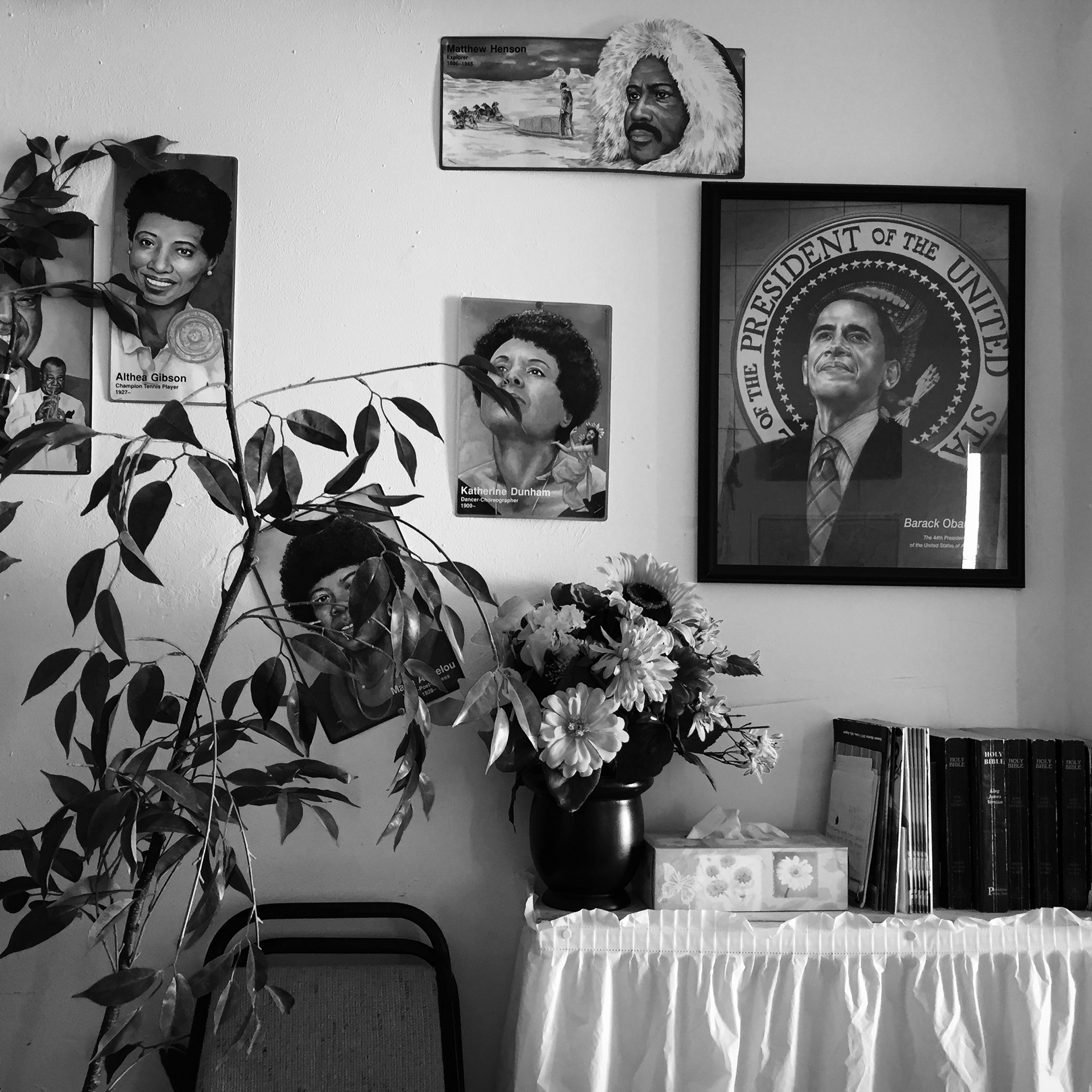

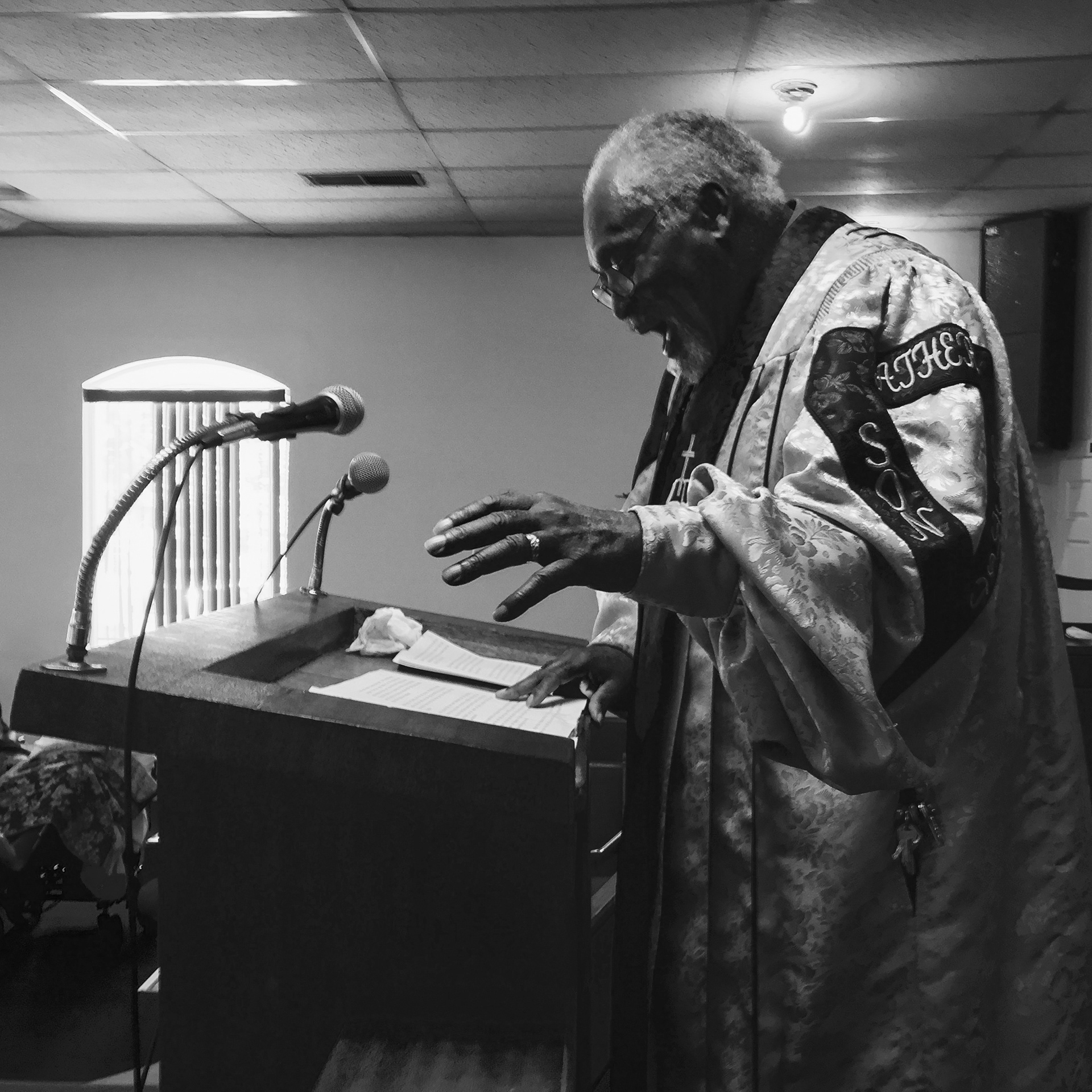

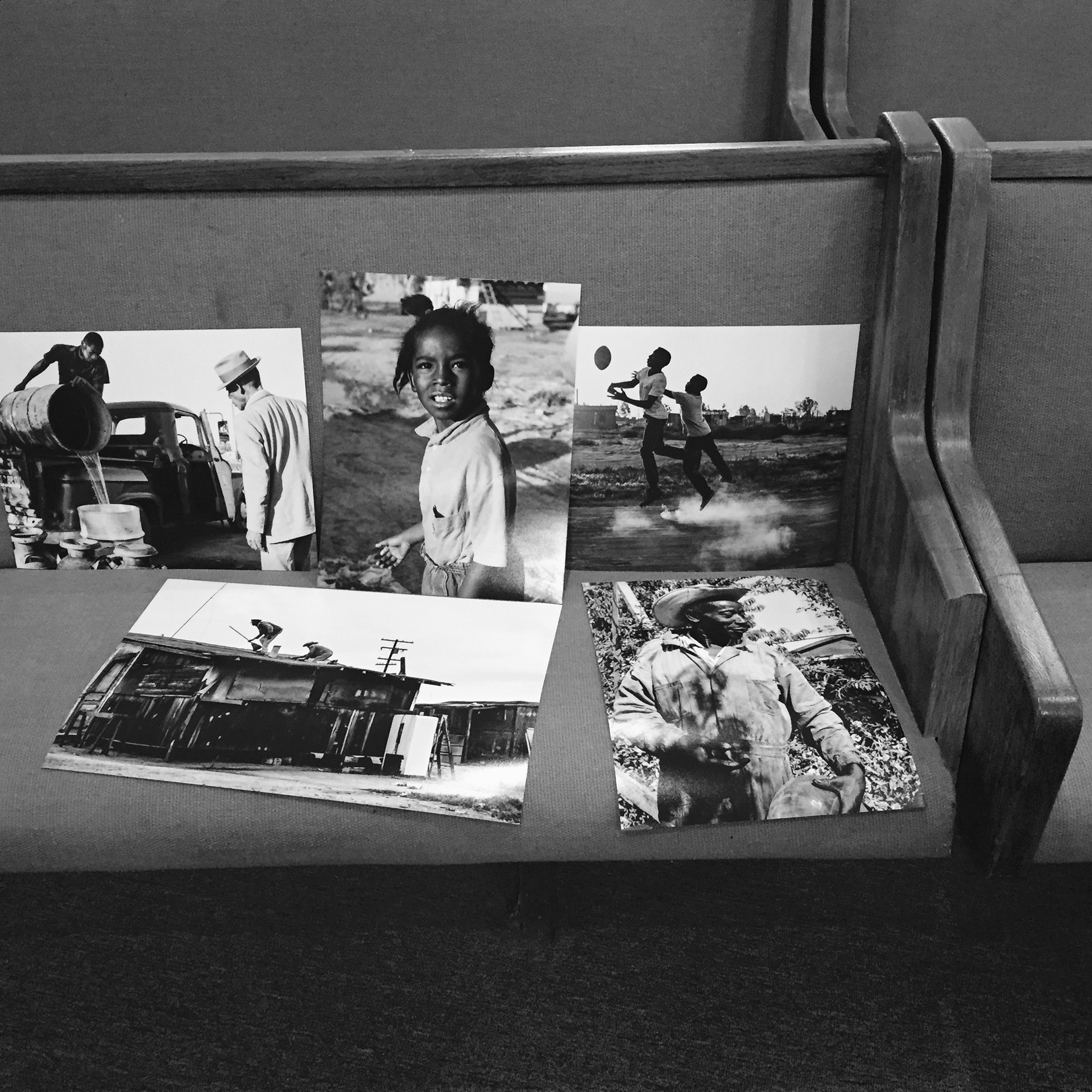
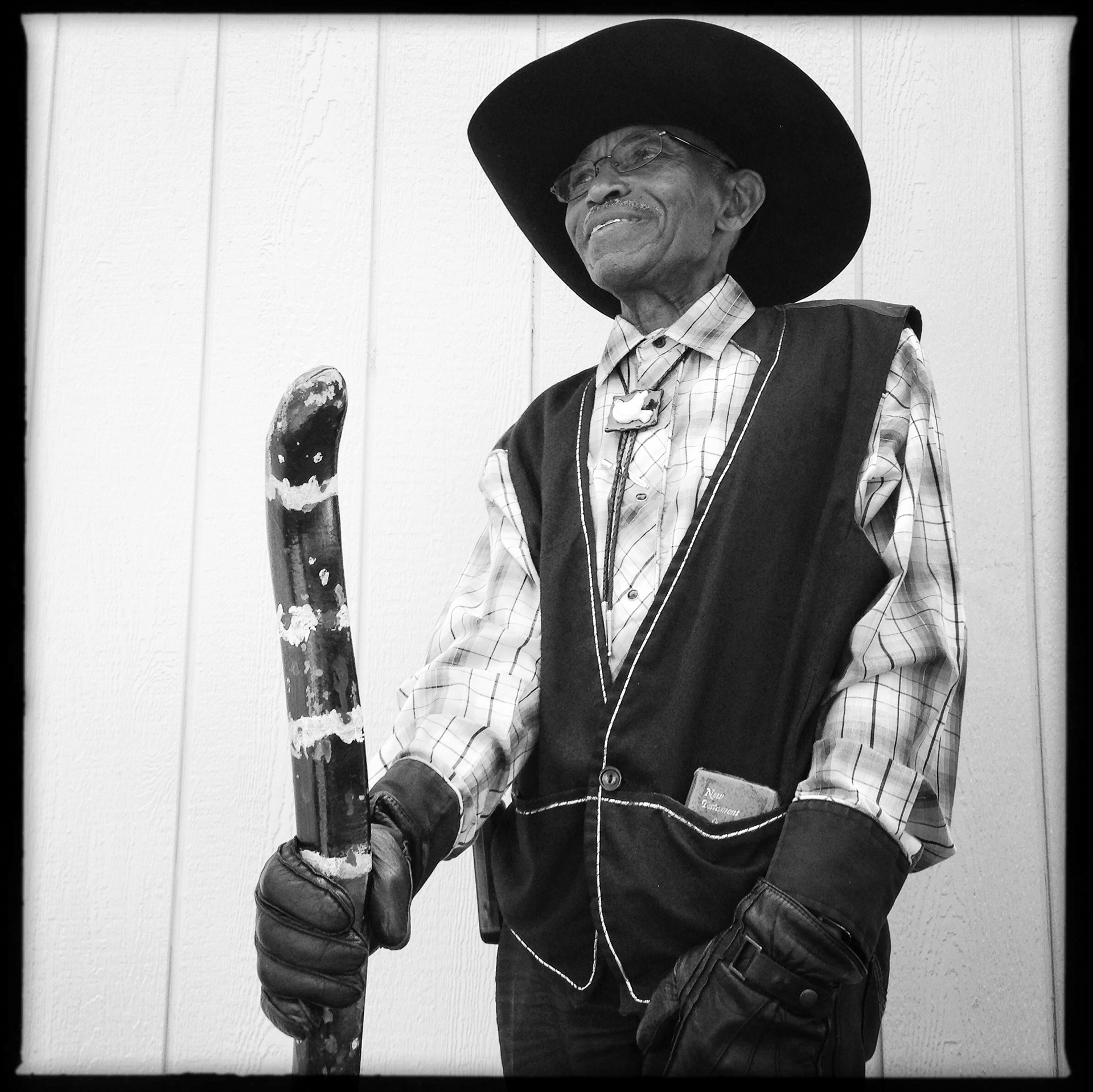
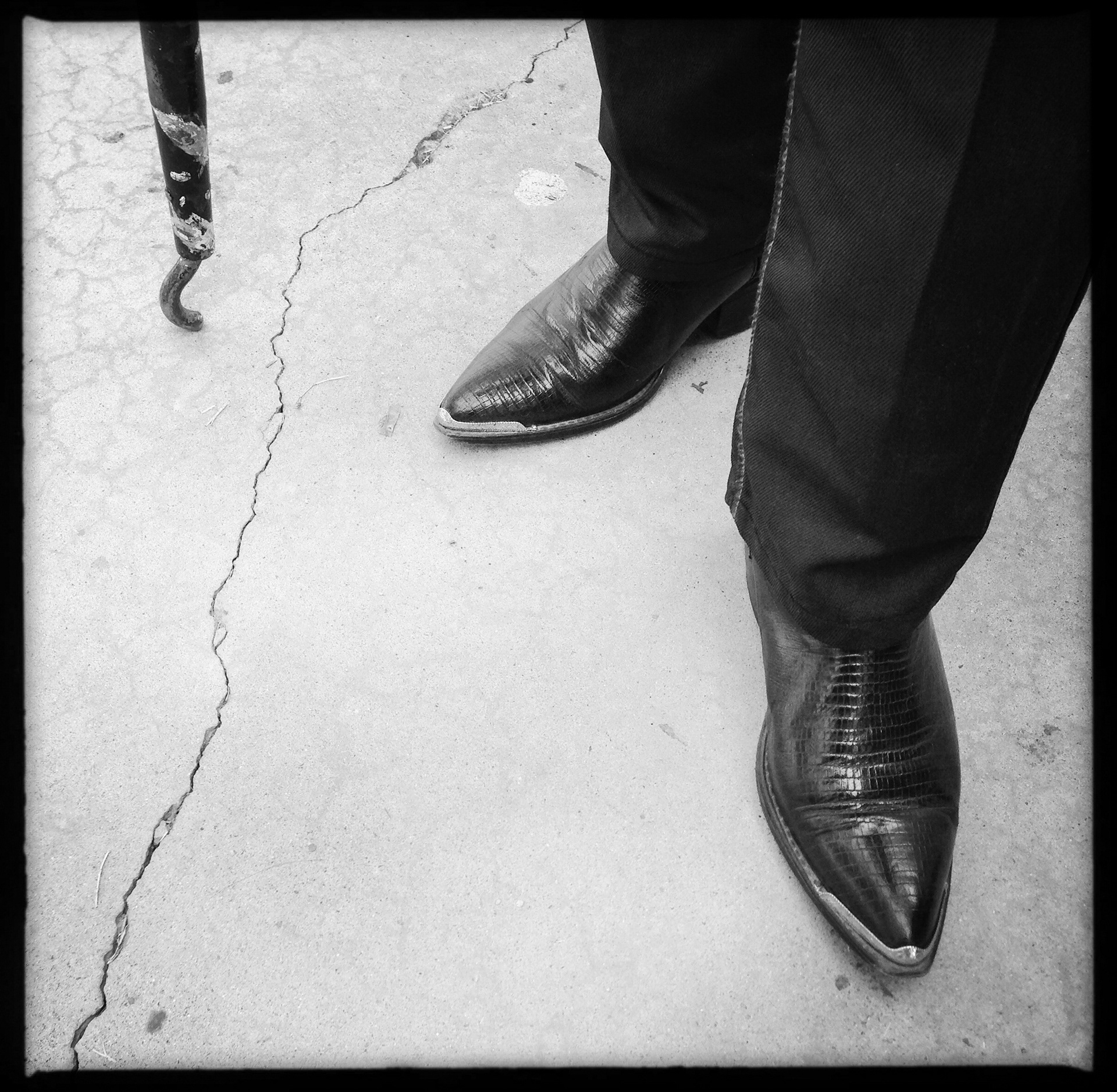
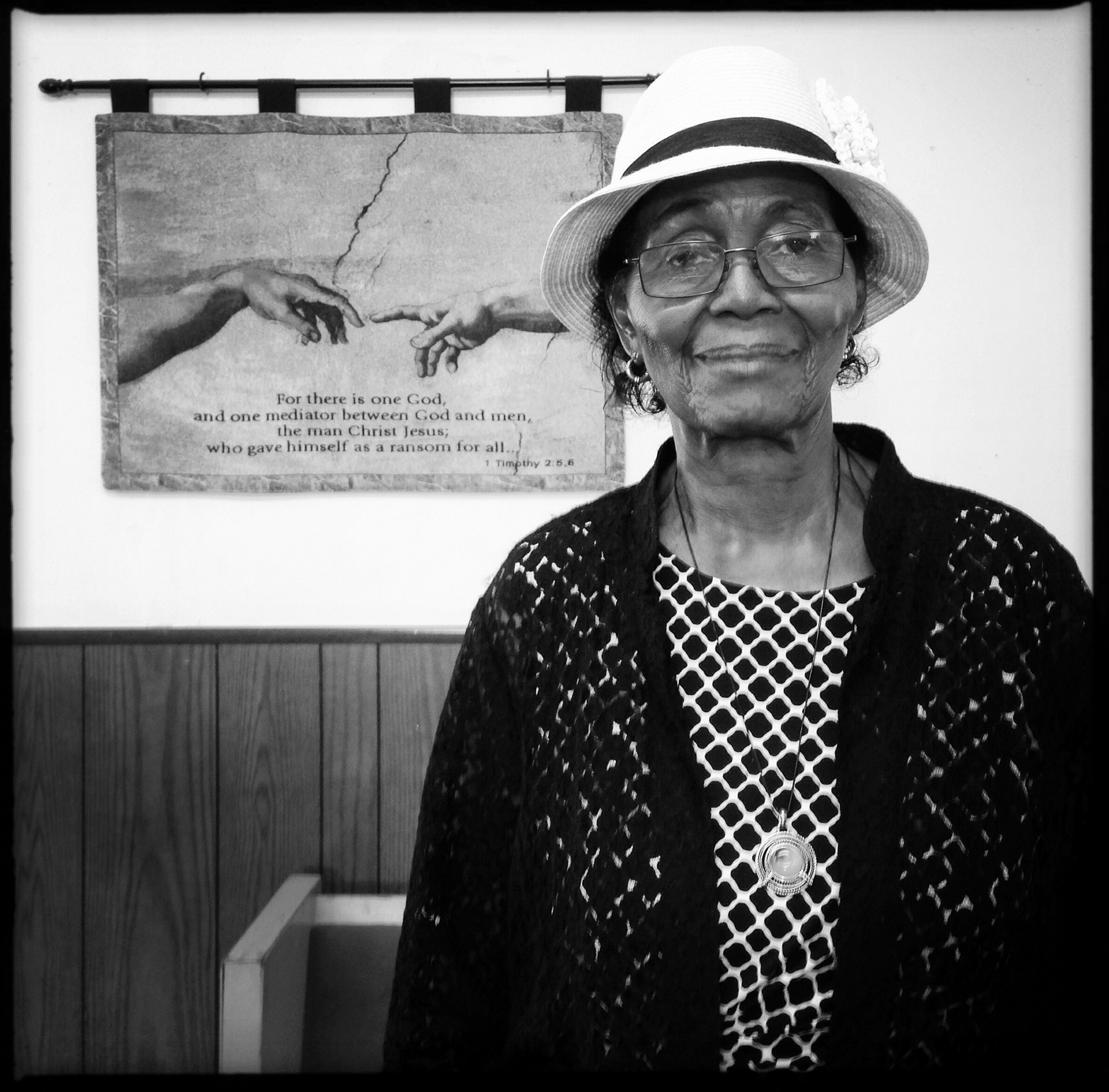
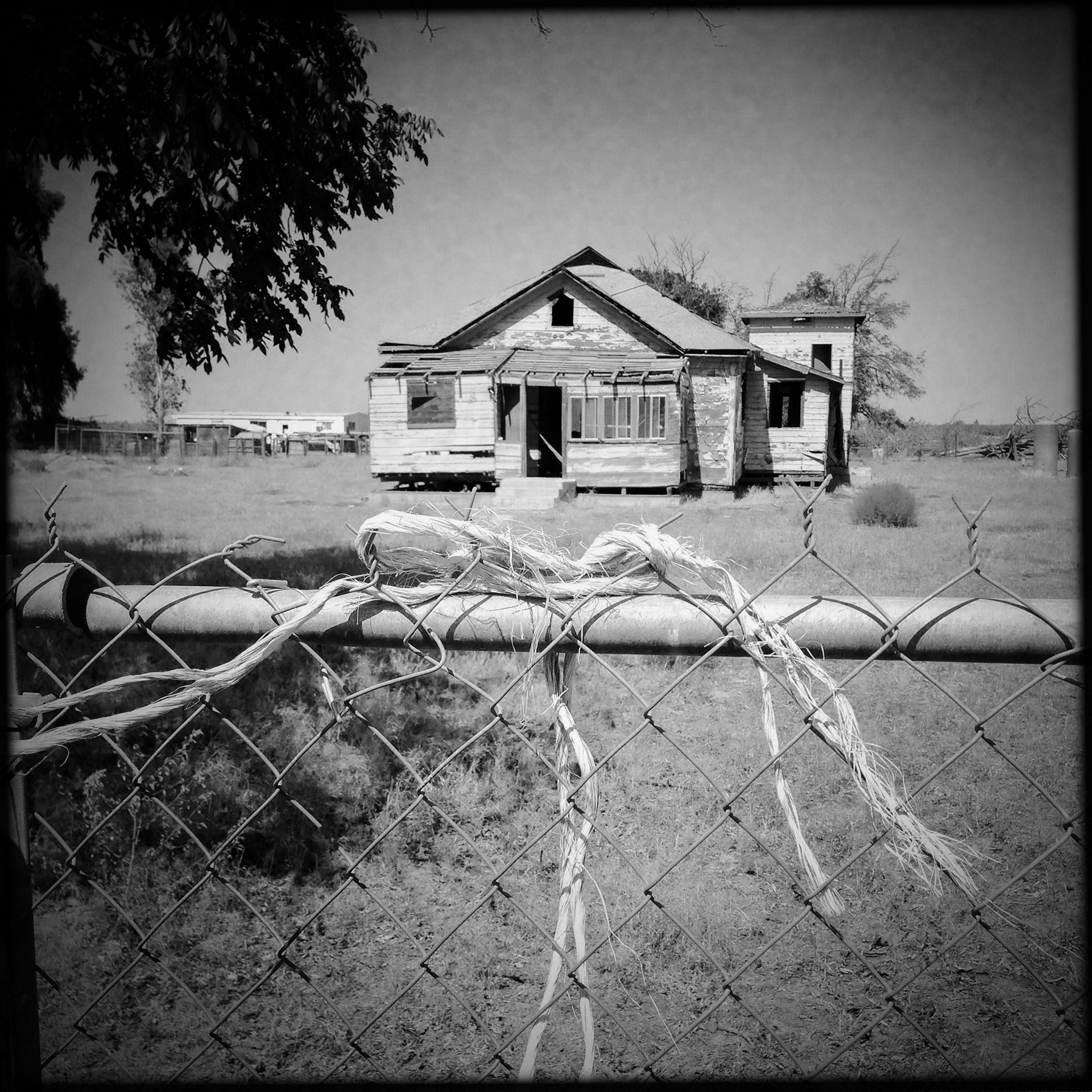
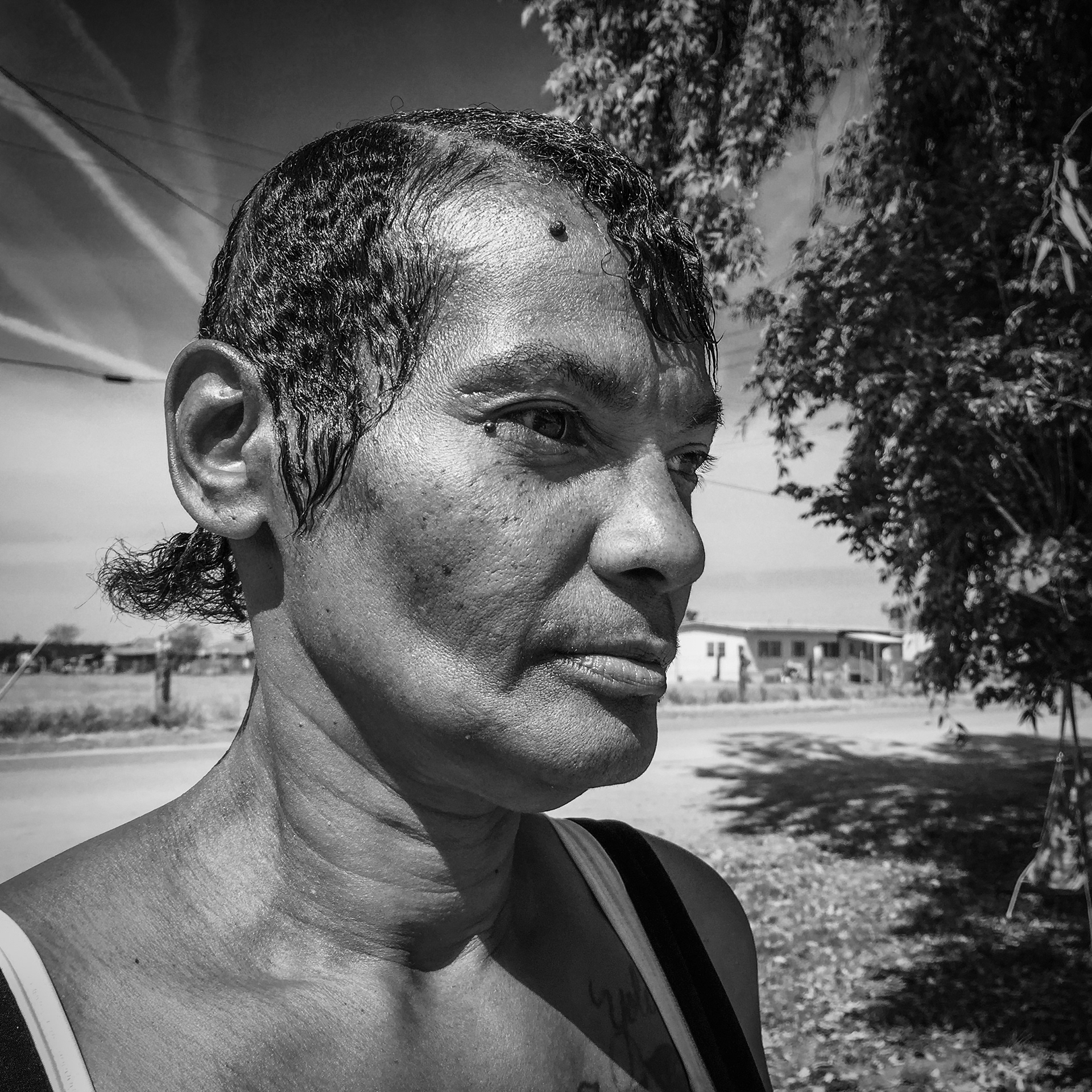
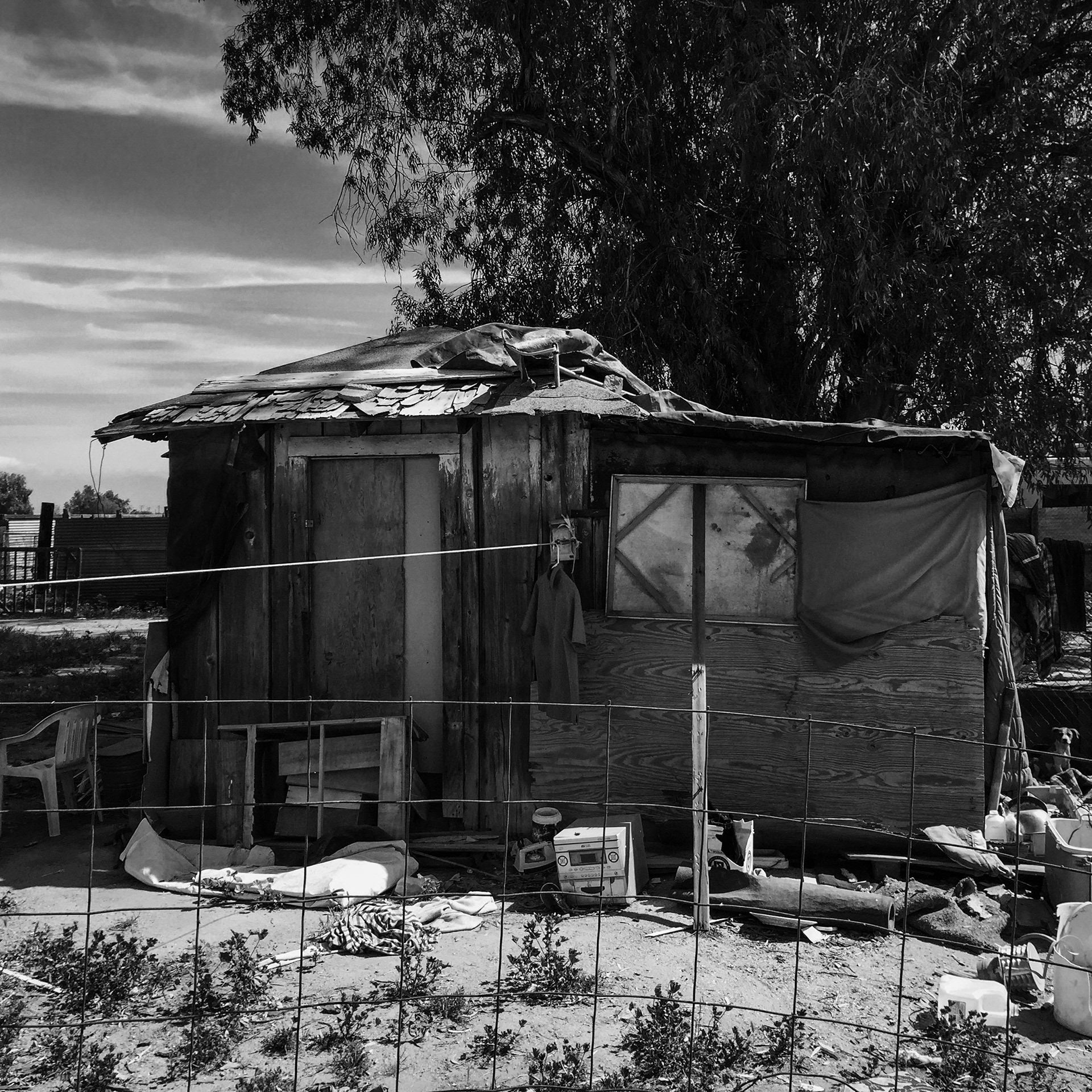
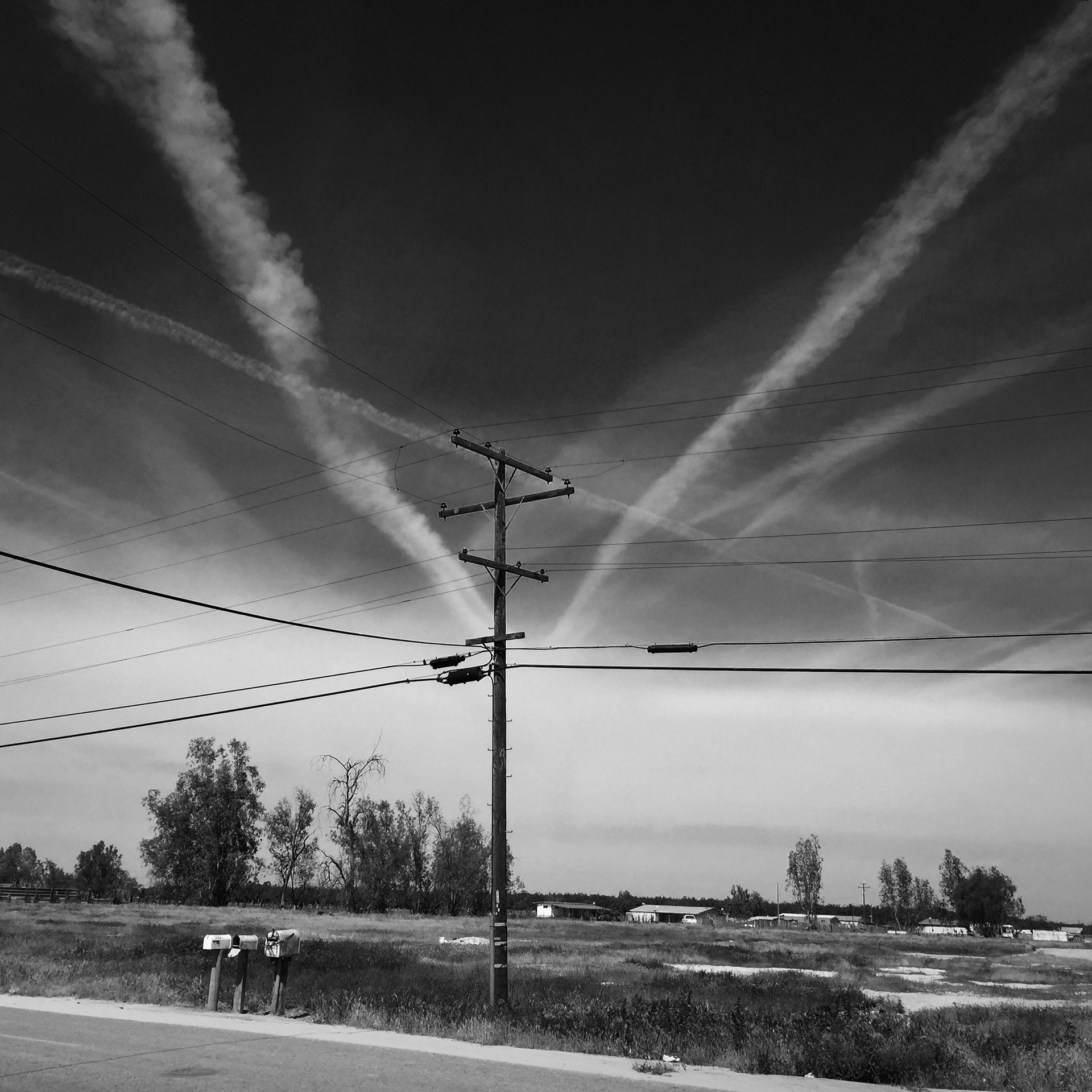
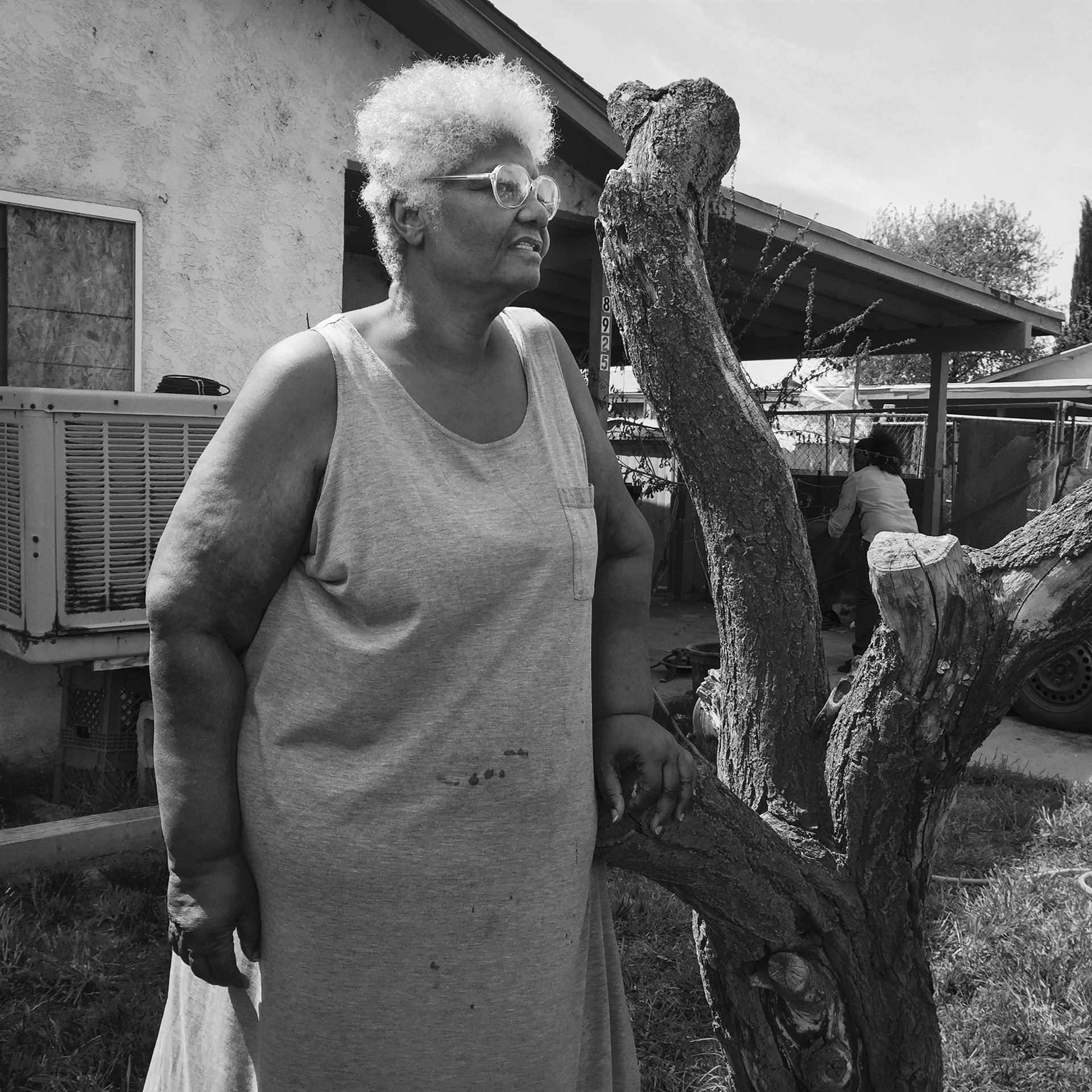
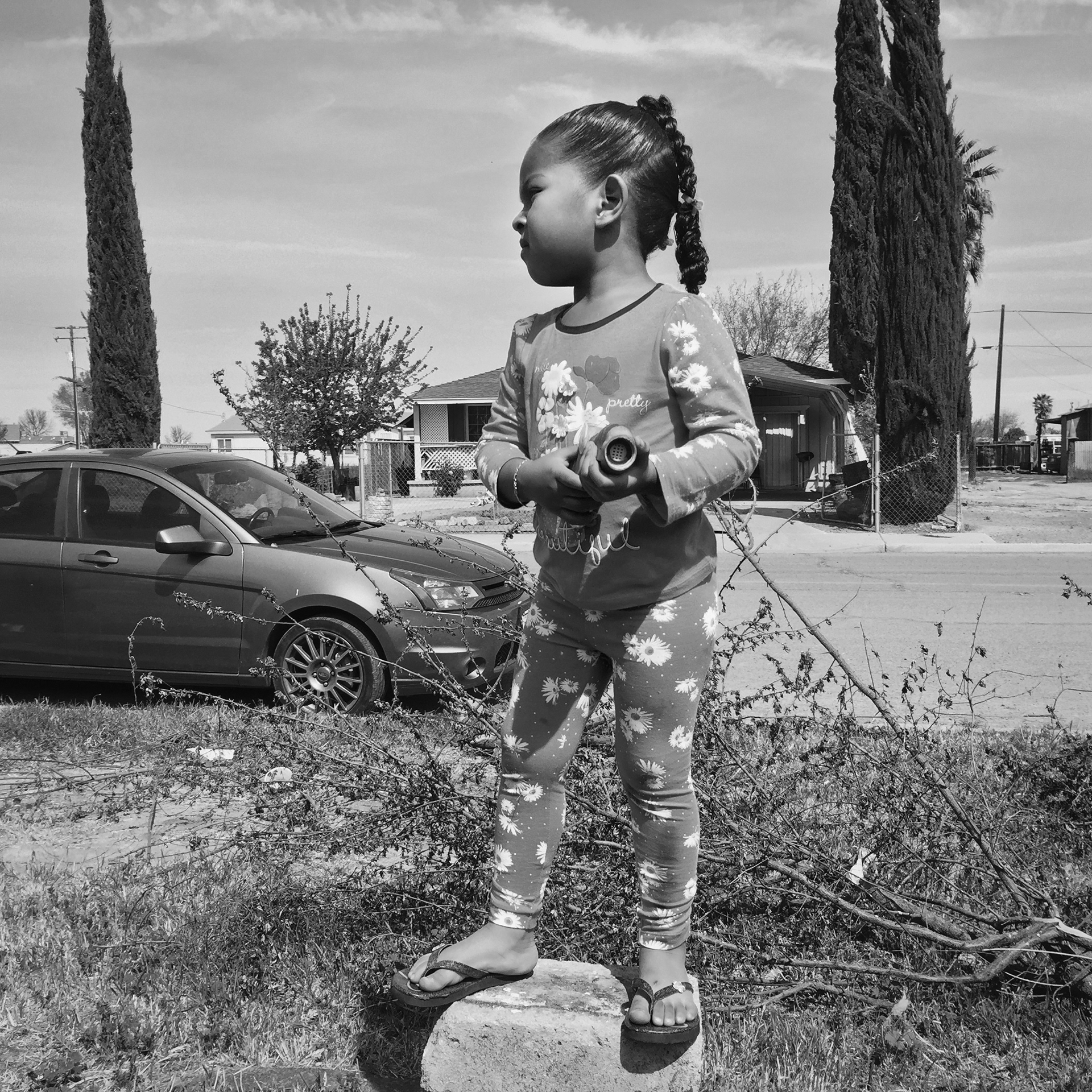
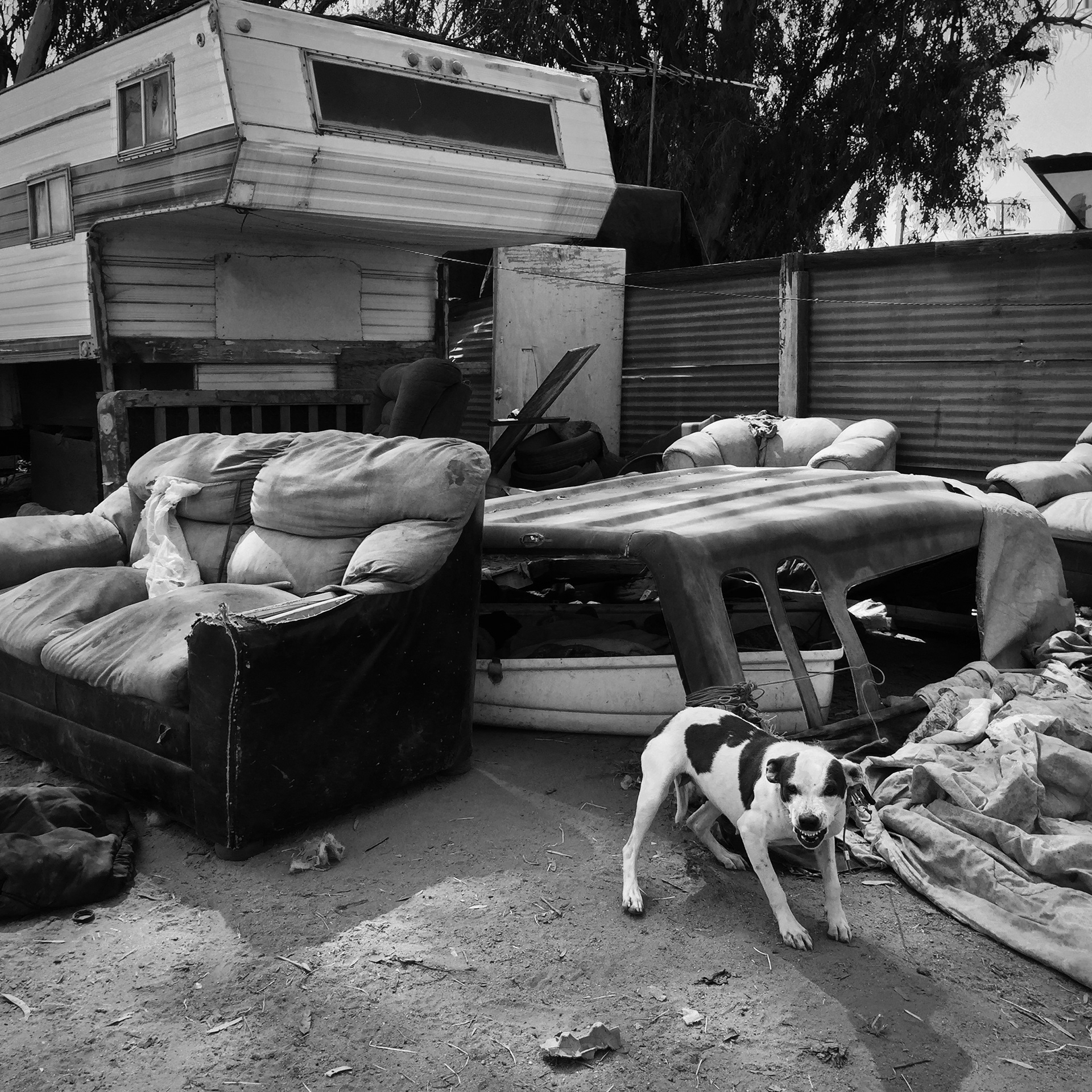
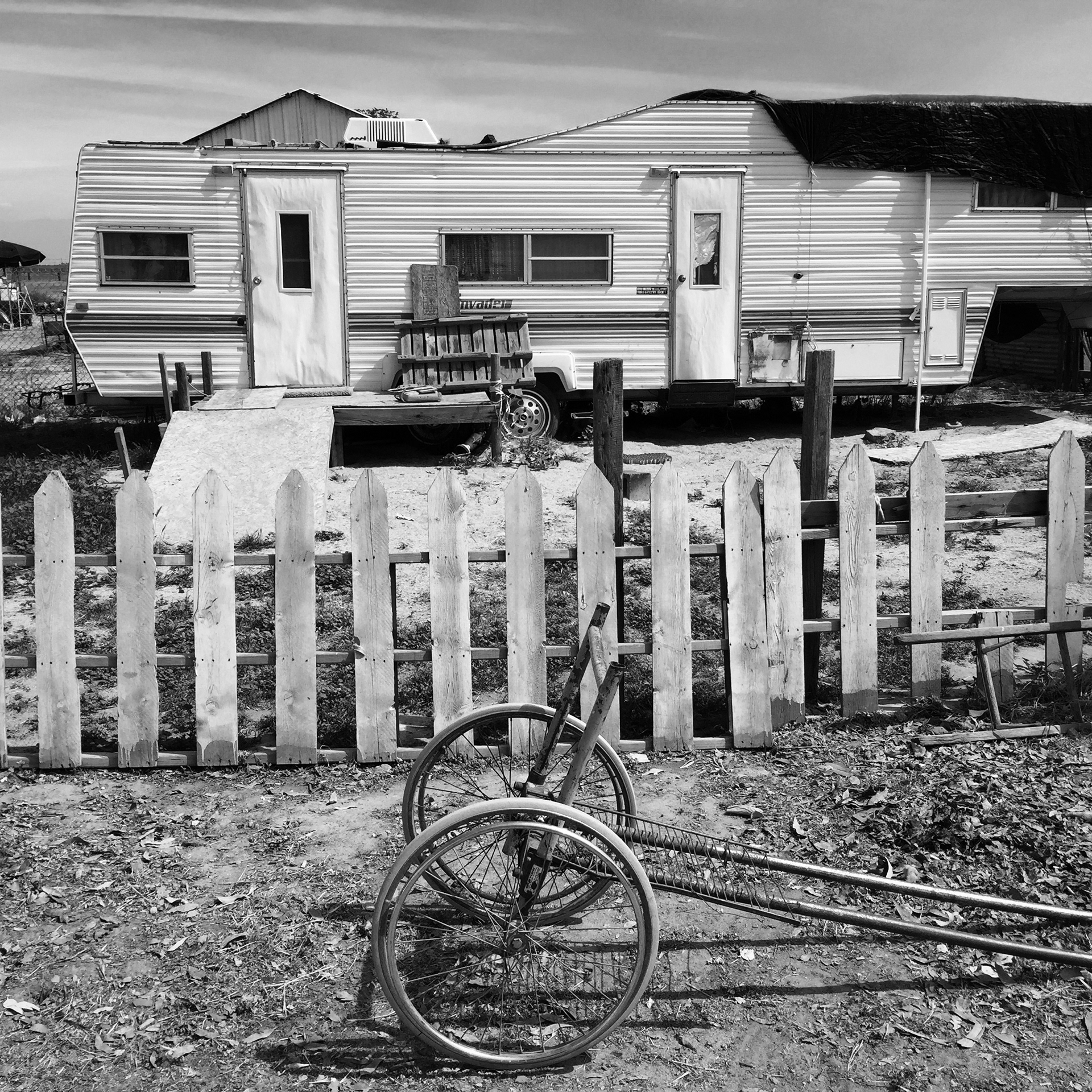
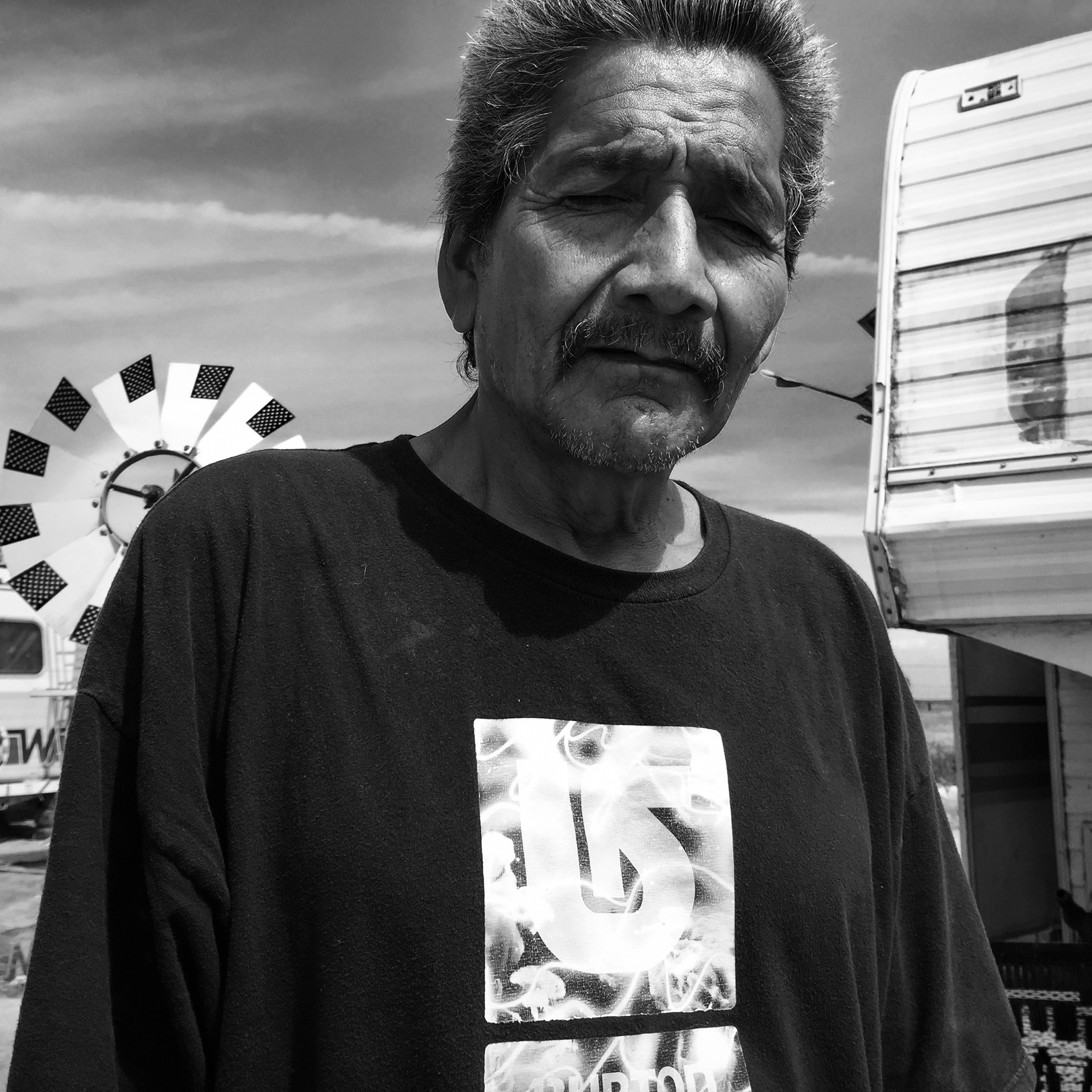
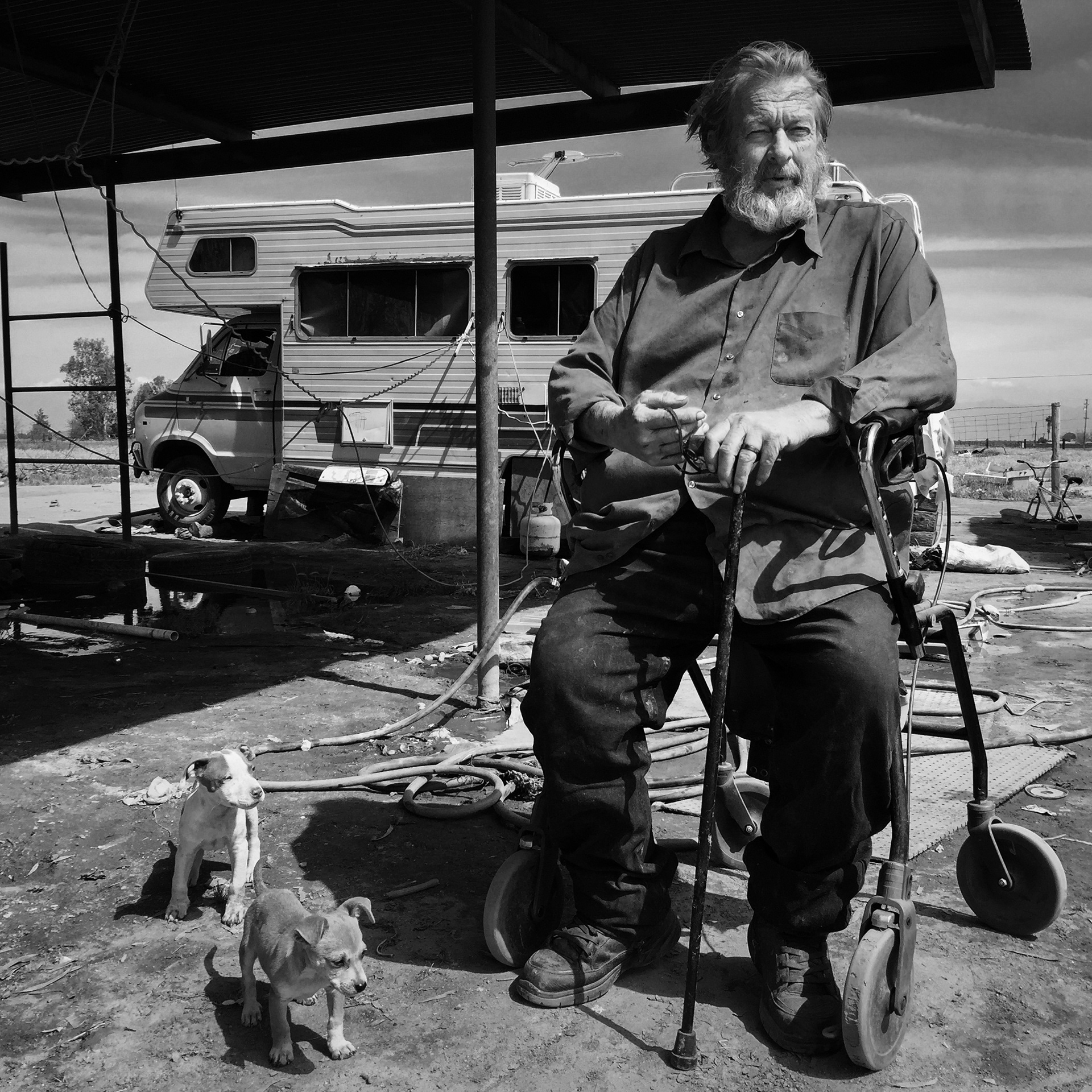
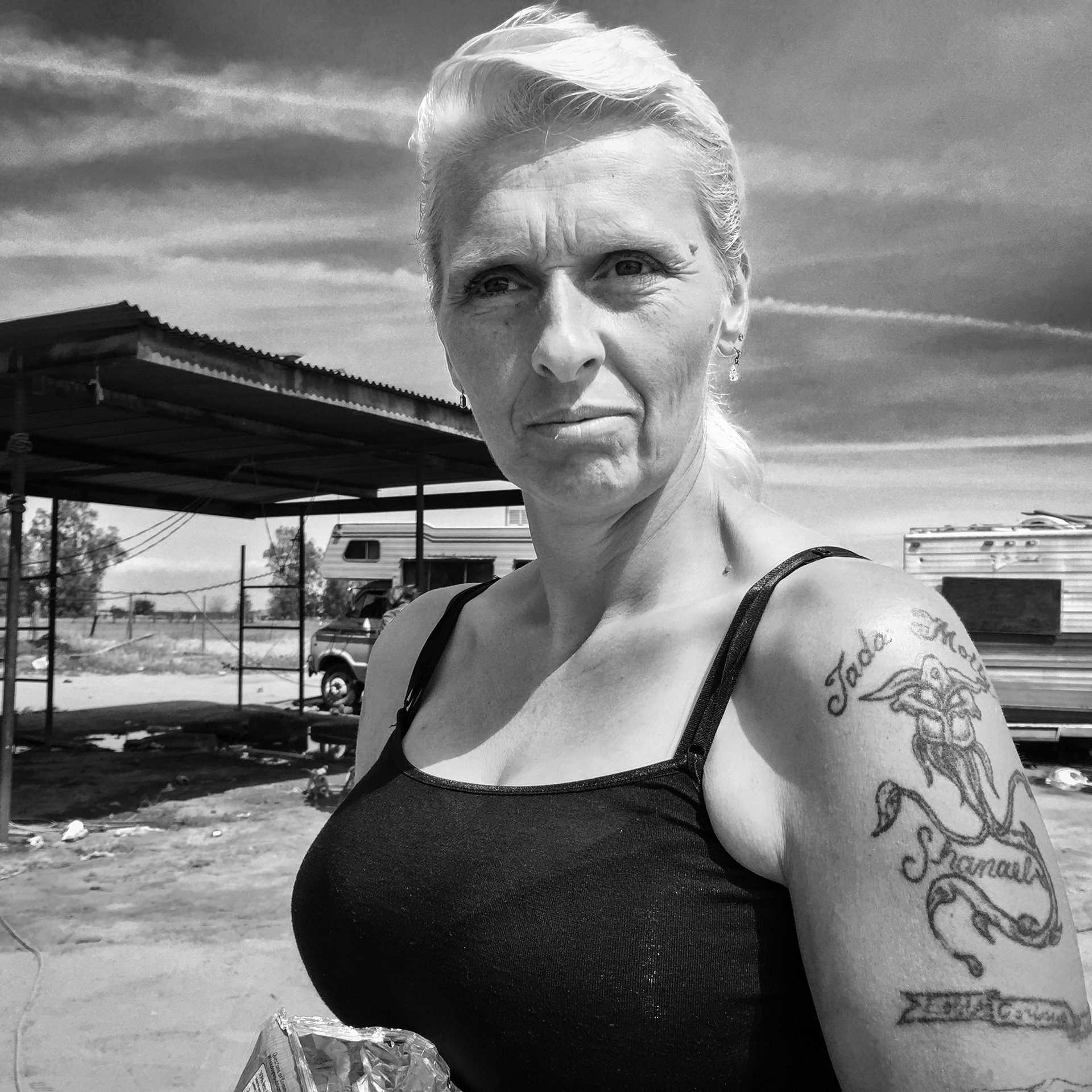
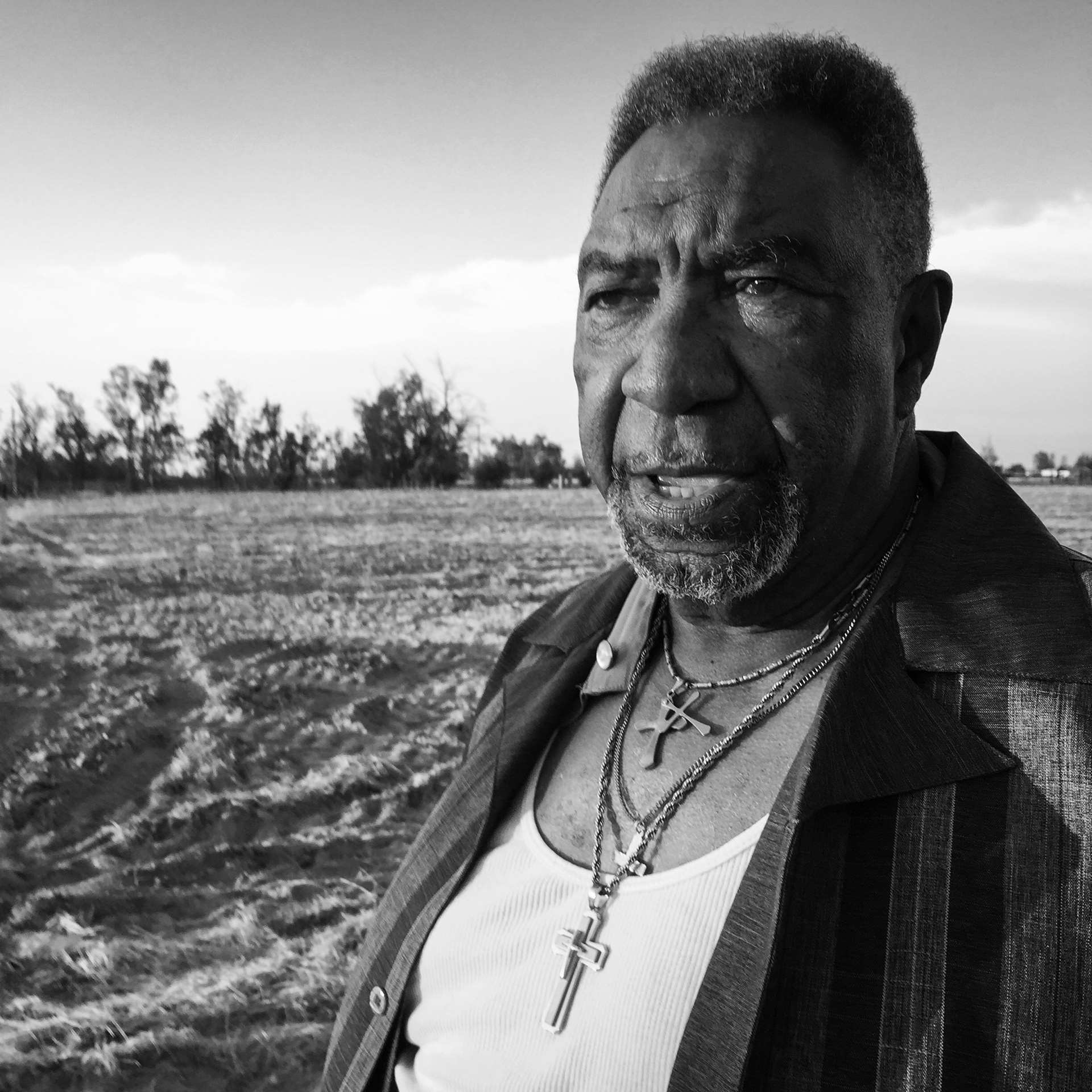
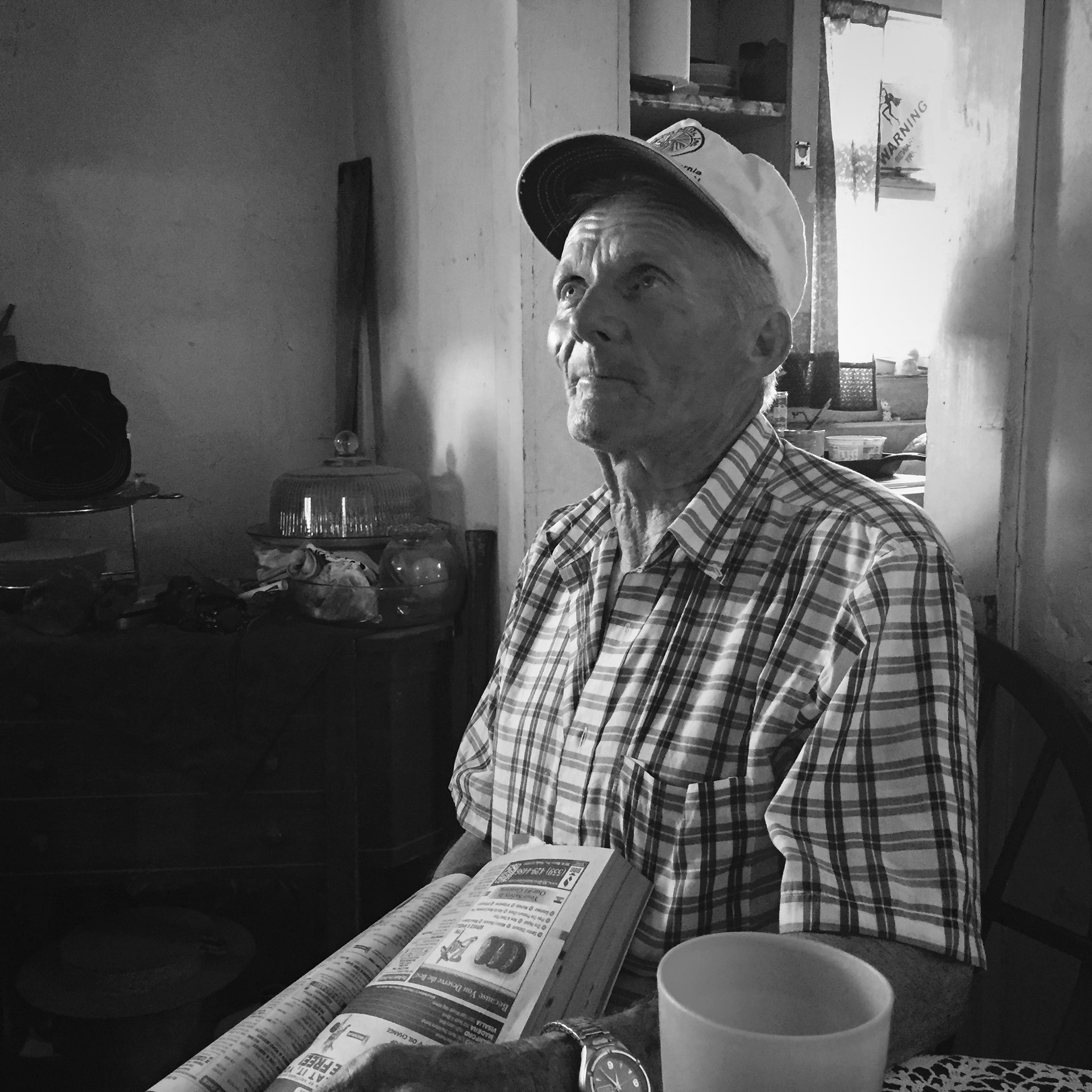
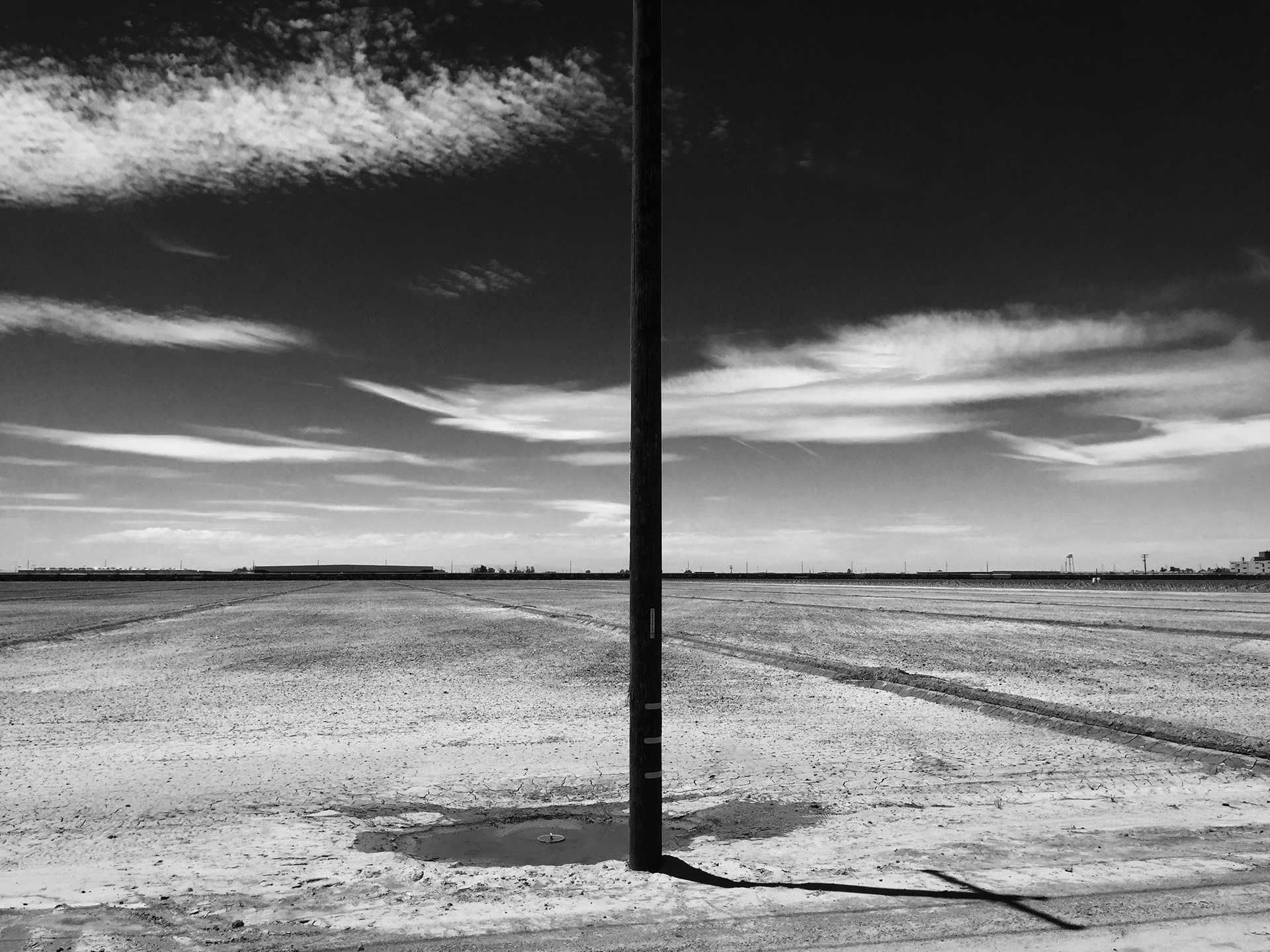
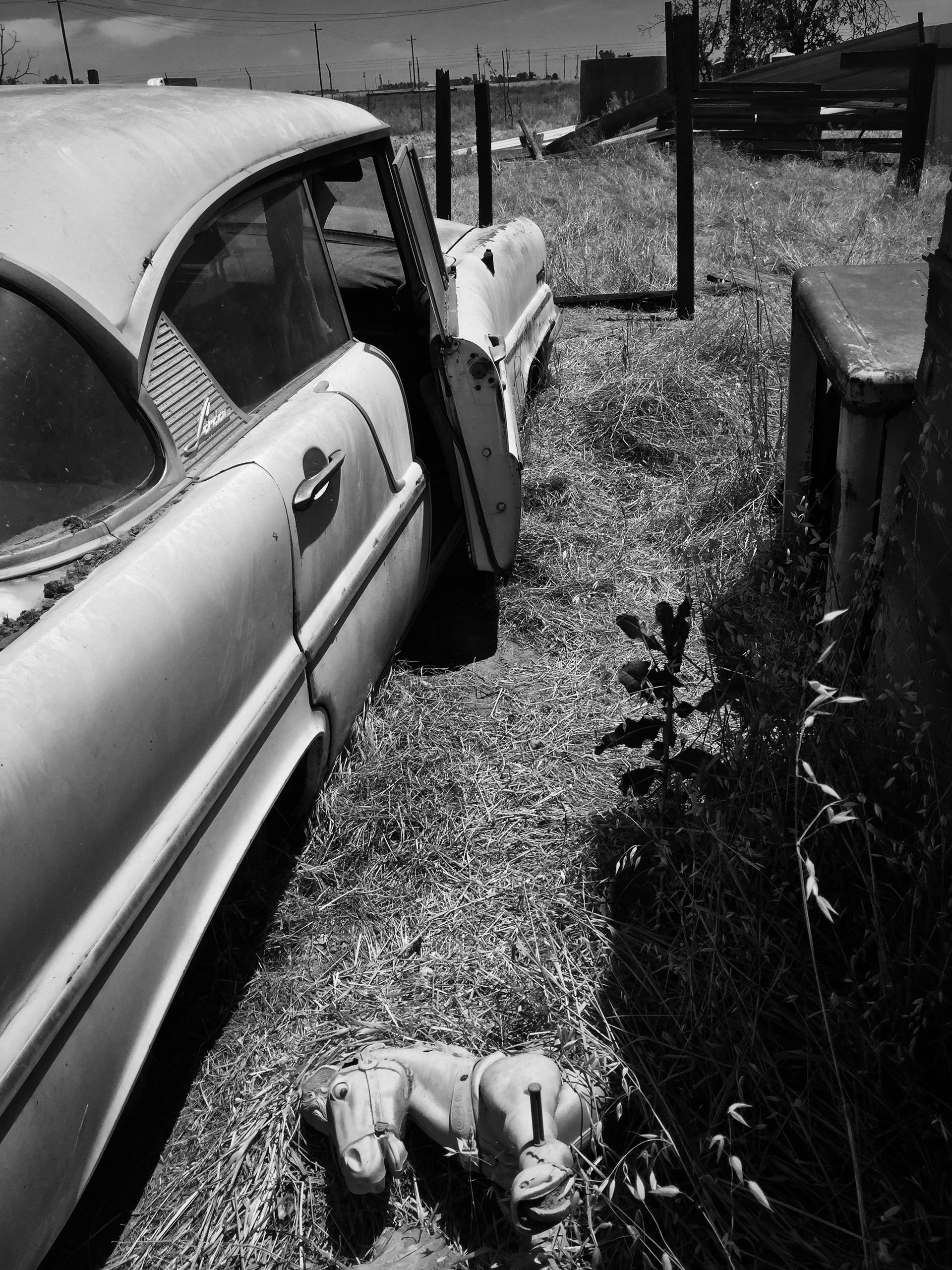
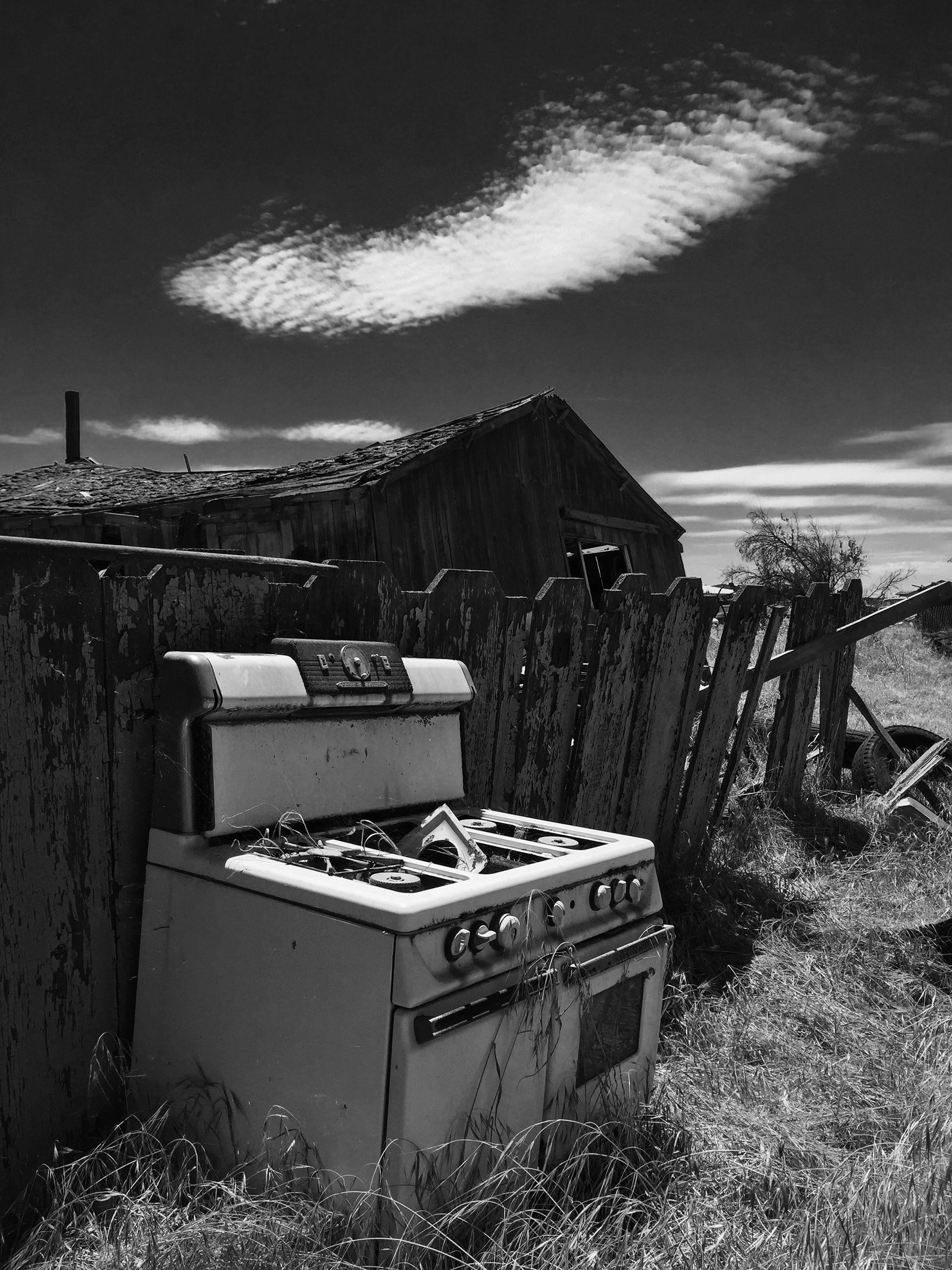
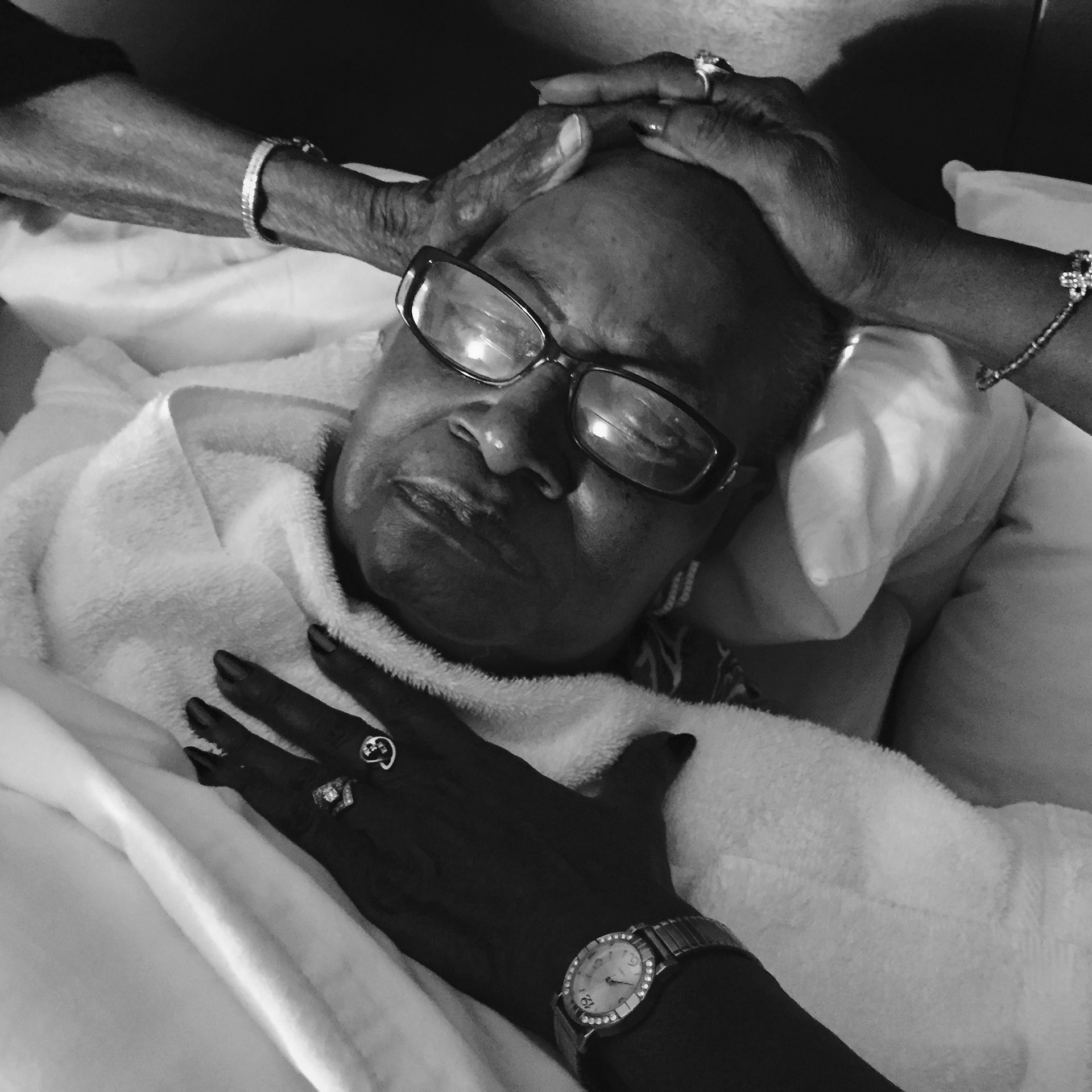
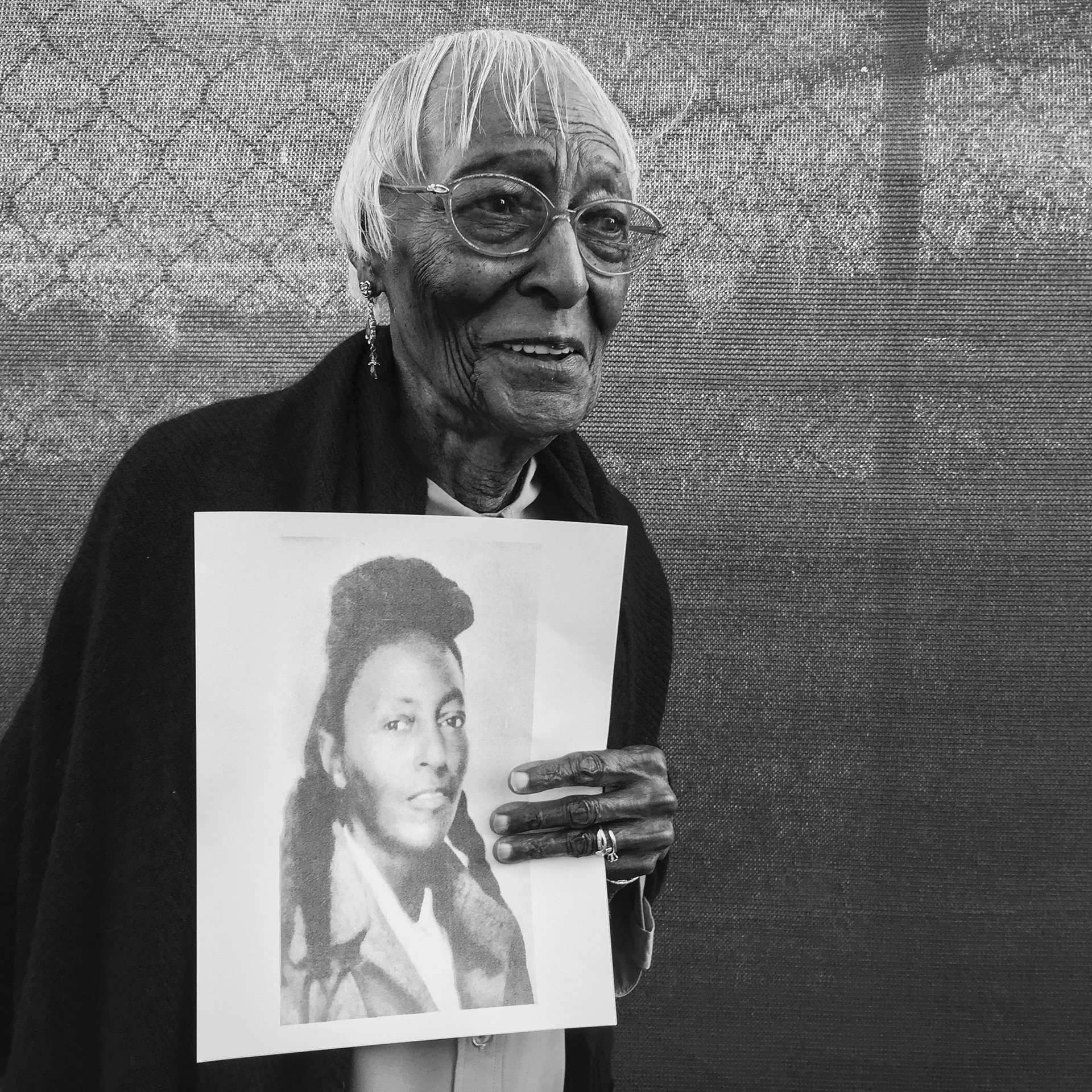
Cherokee ancestors from Oklahoma
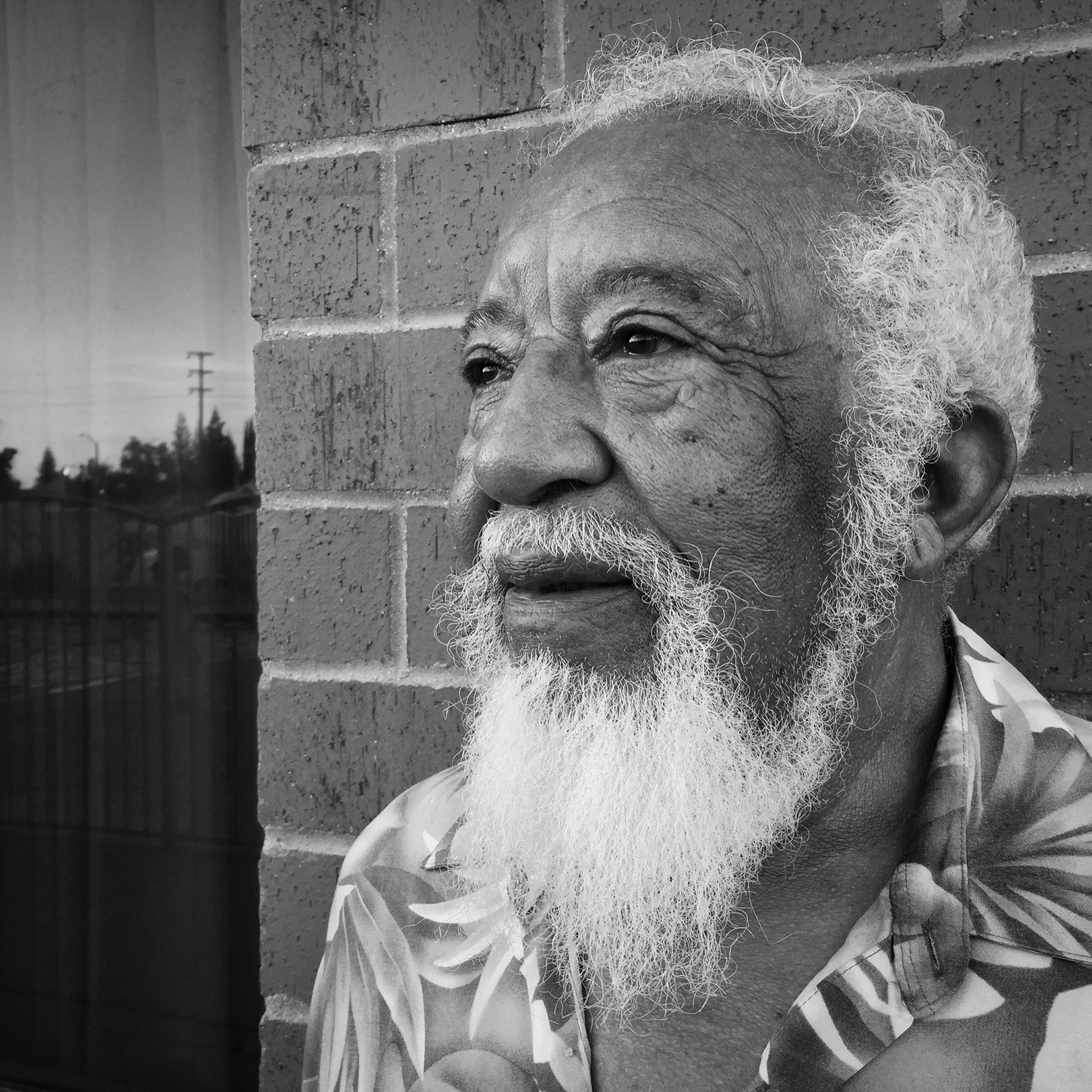
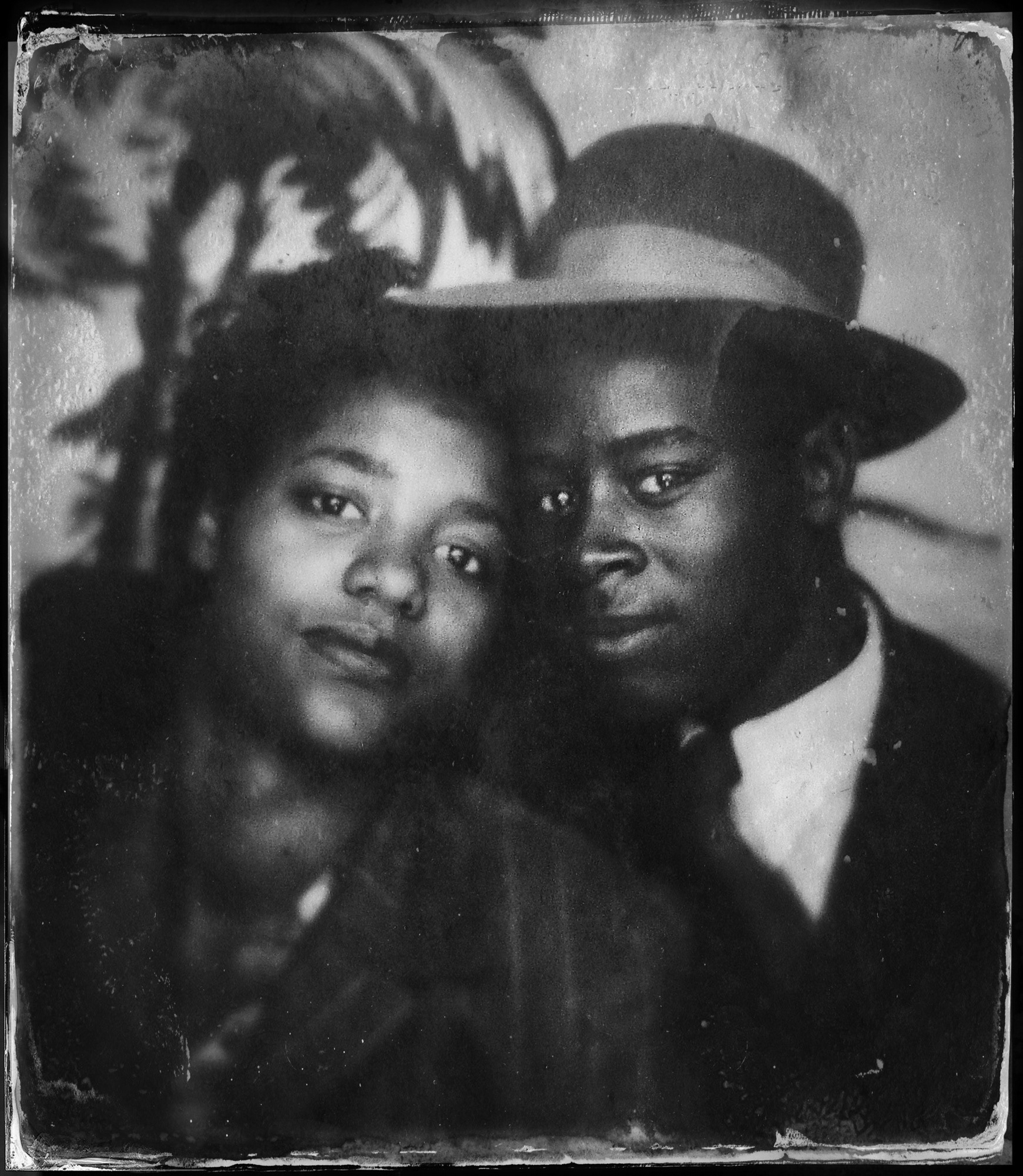
In 1948, Bertha and Benjamin Beavers married in Oklahoma before migrating to California
